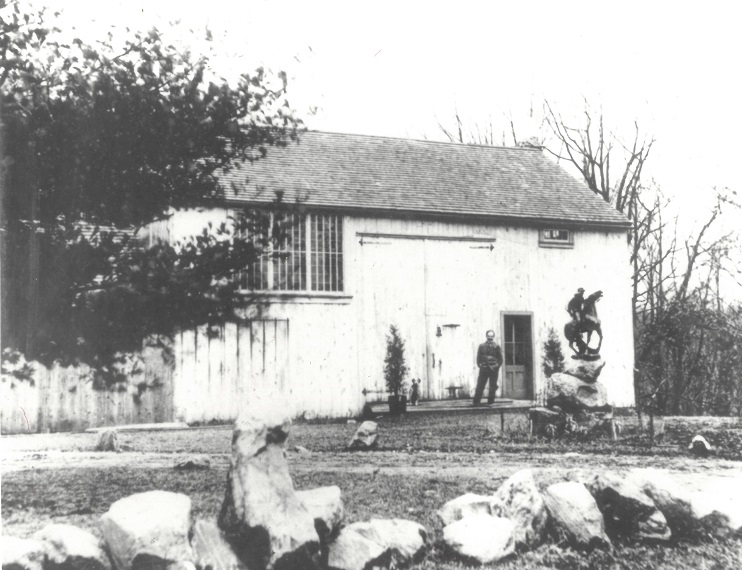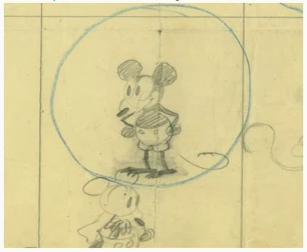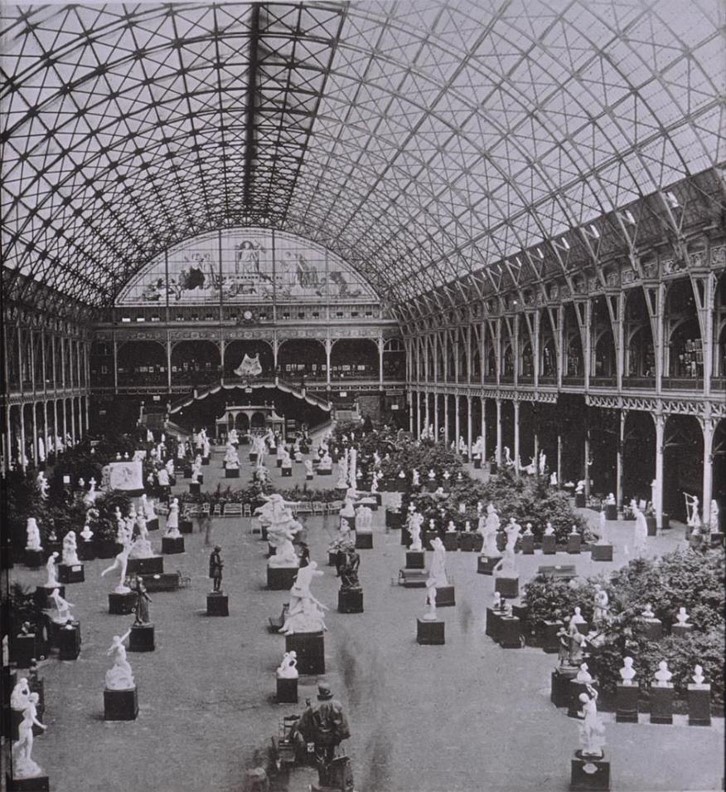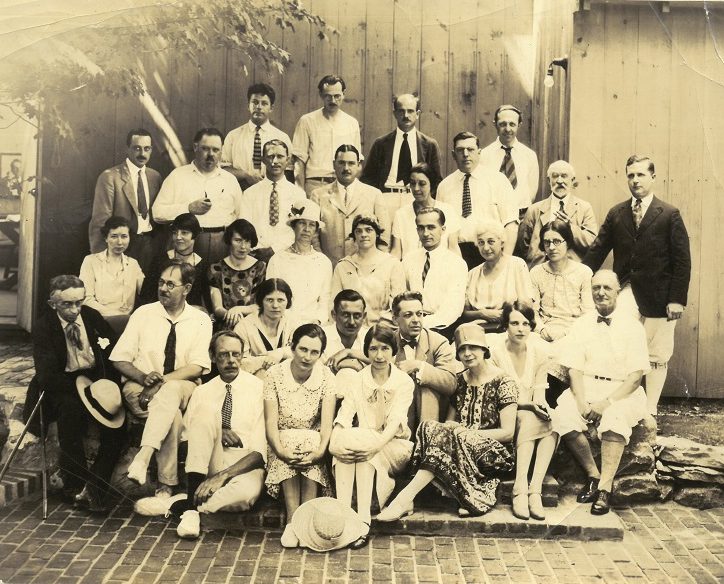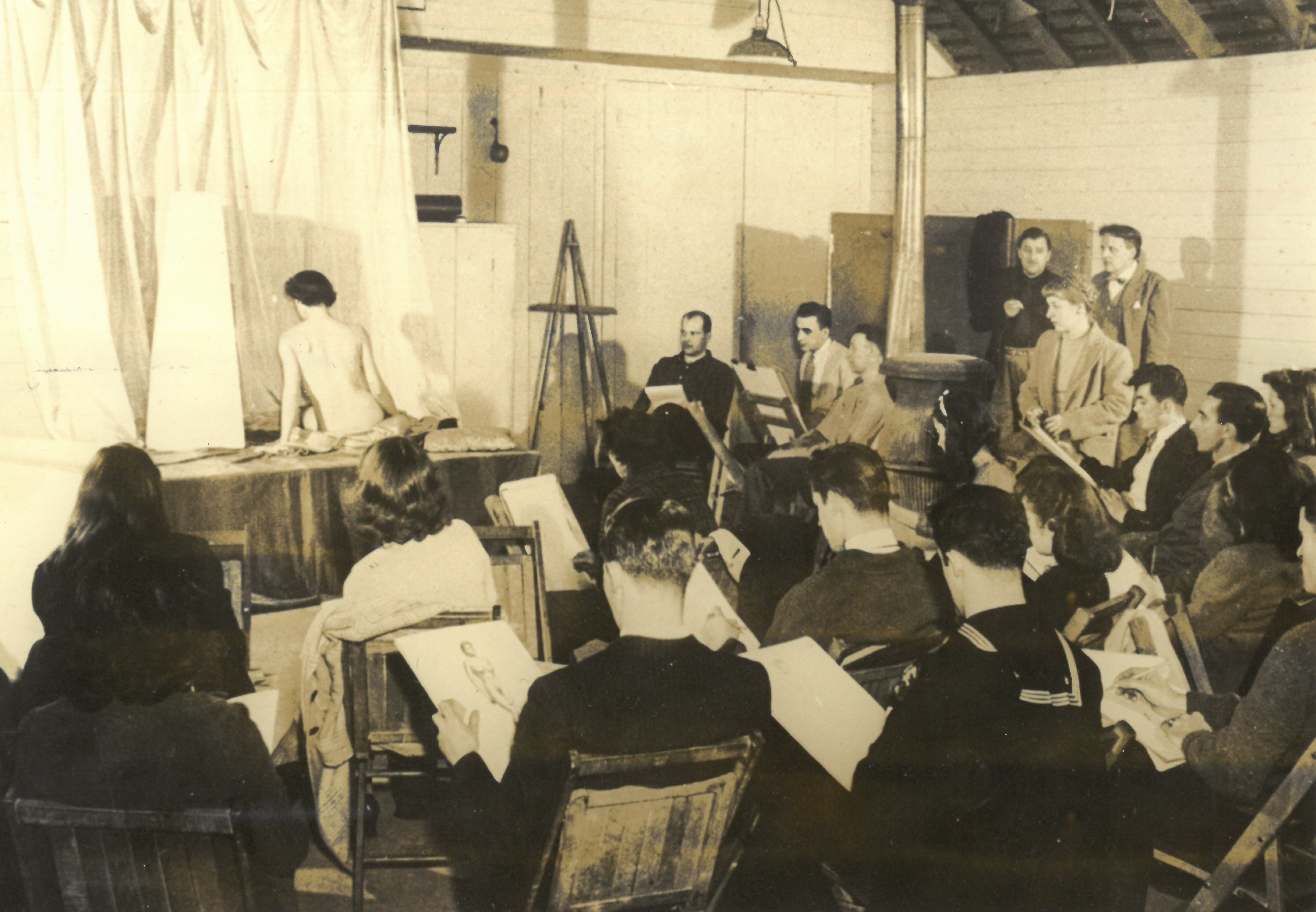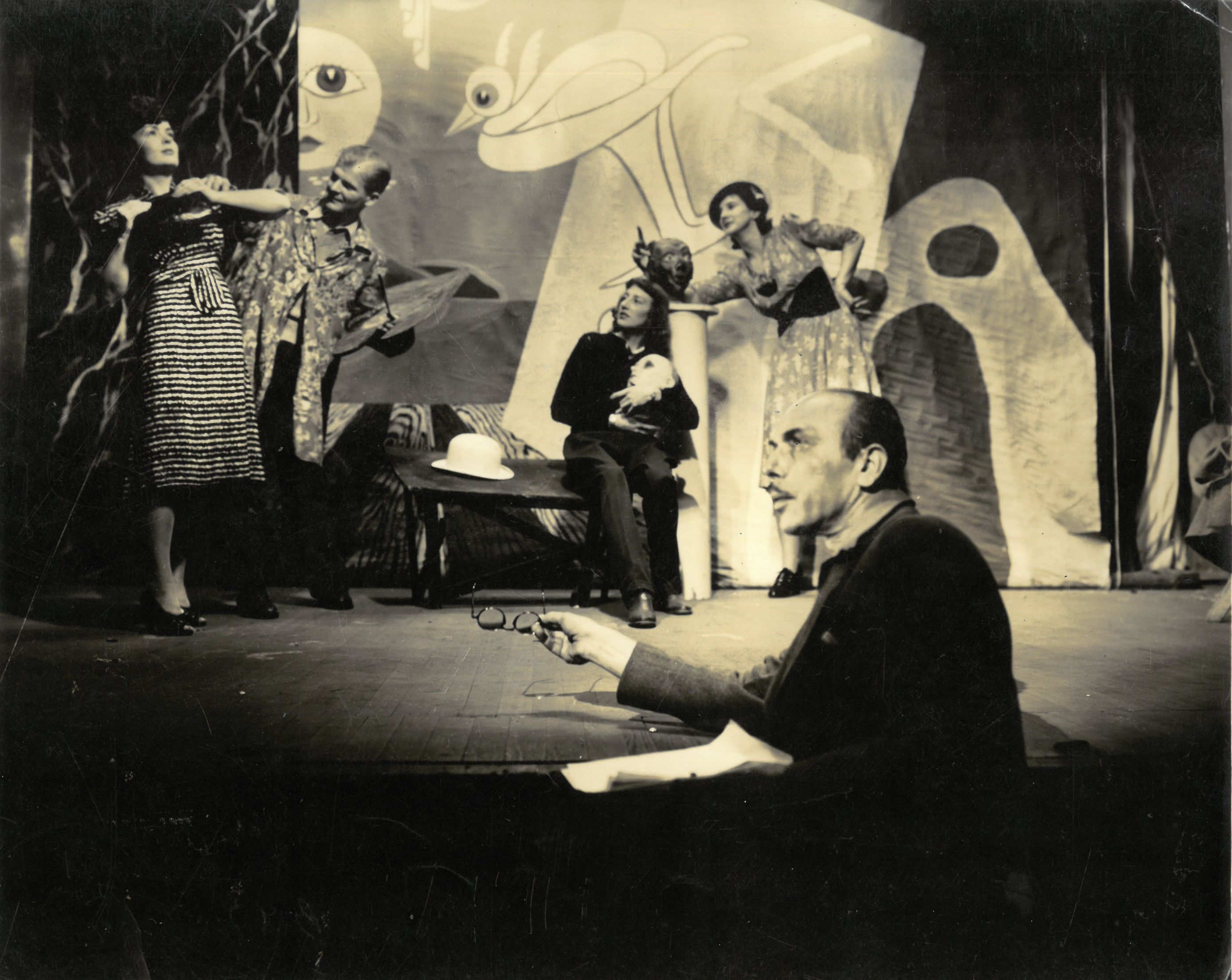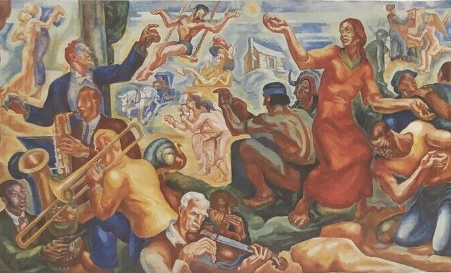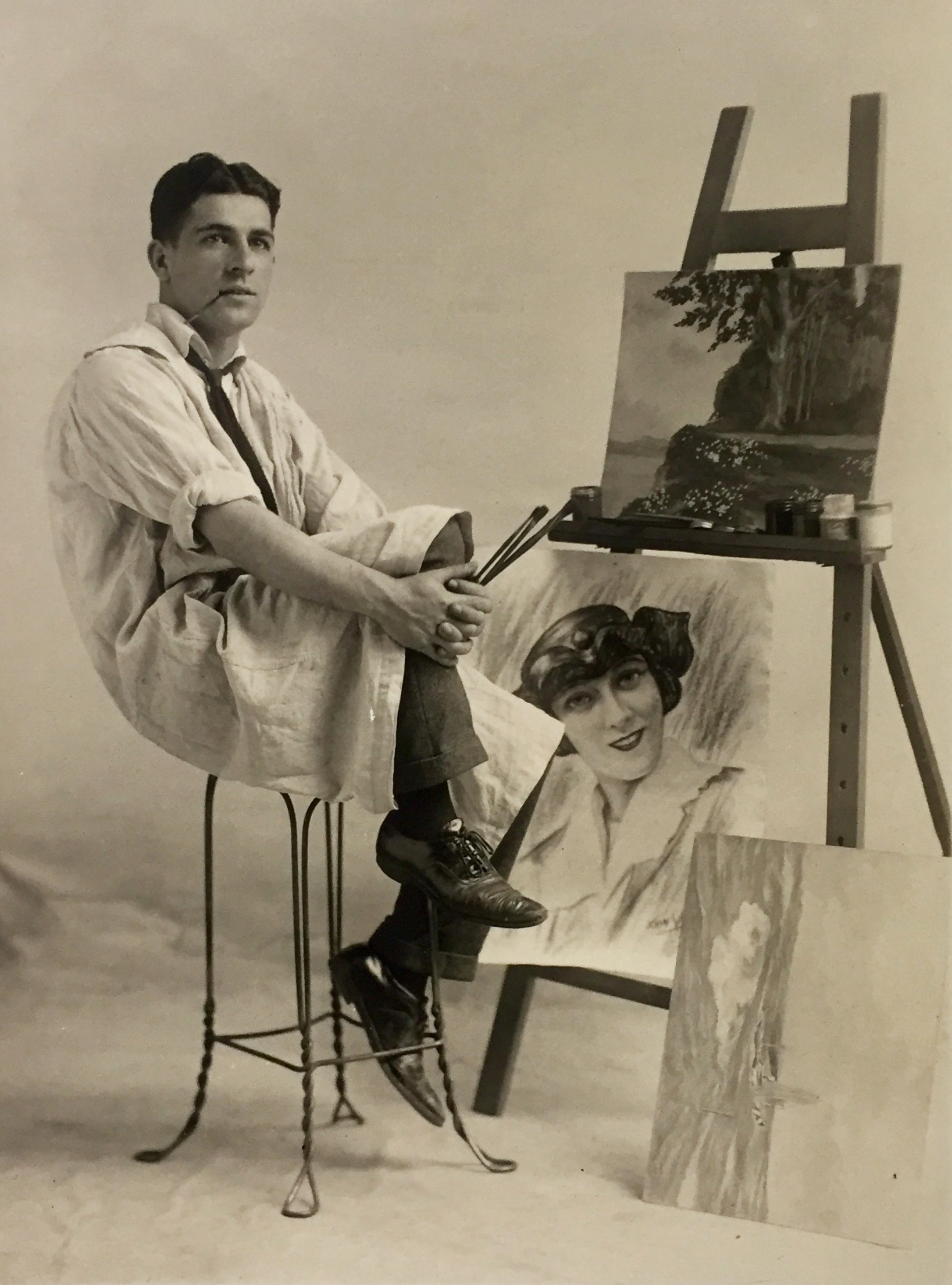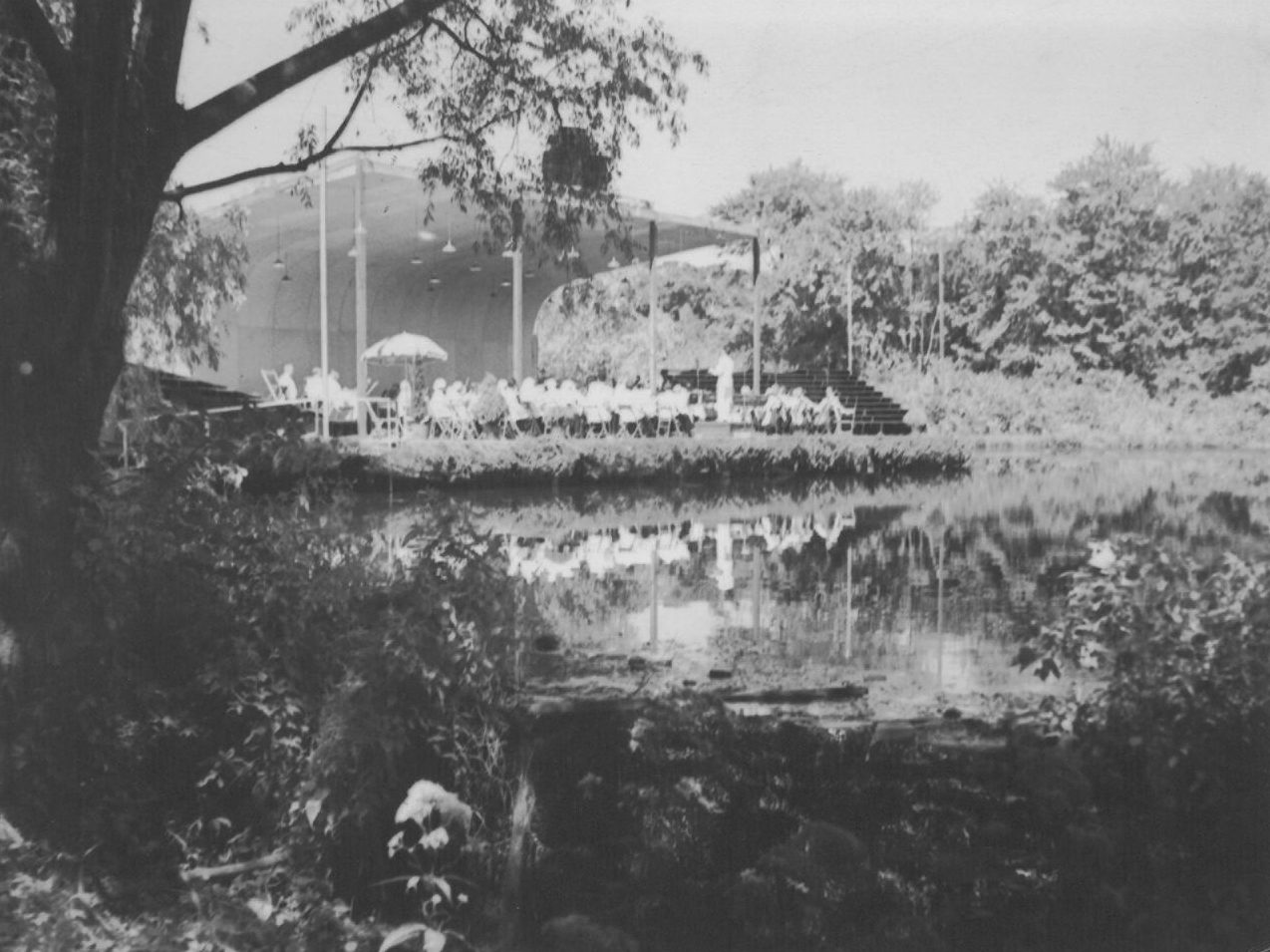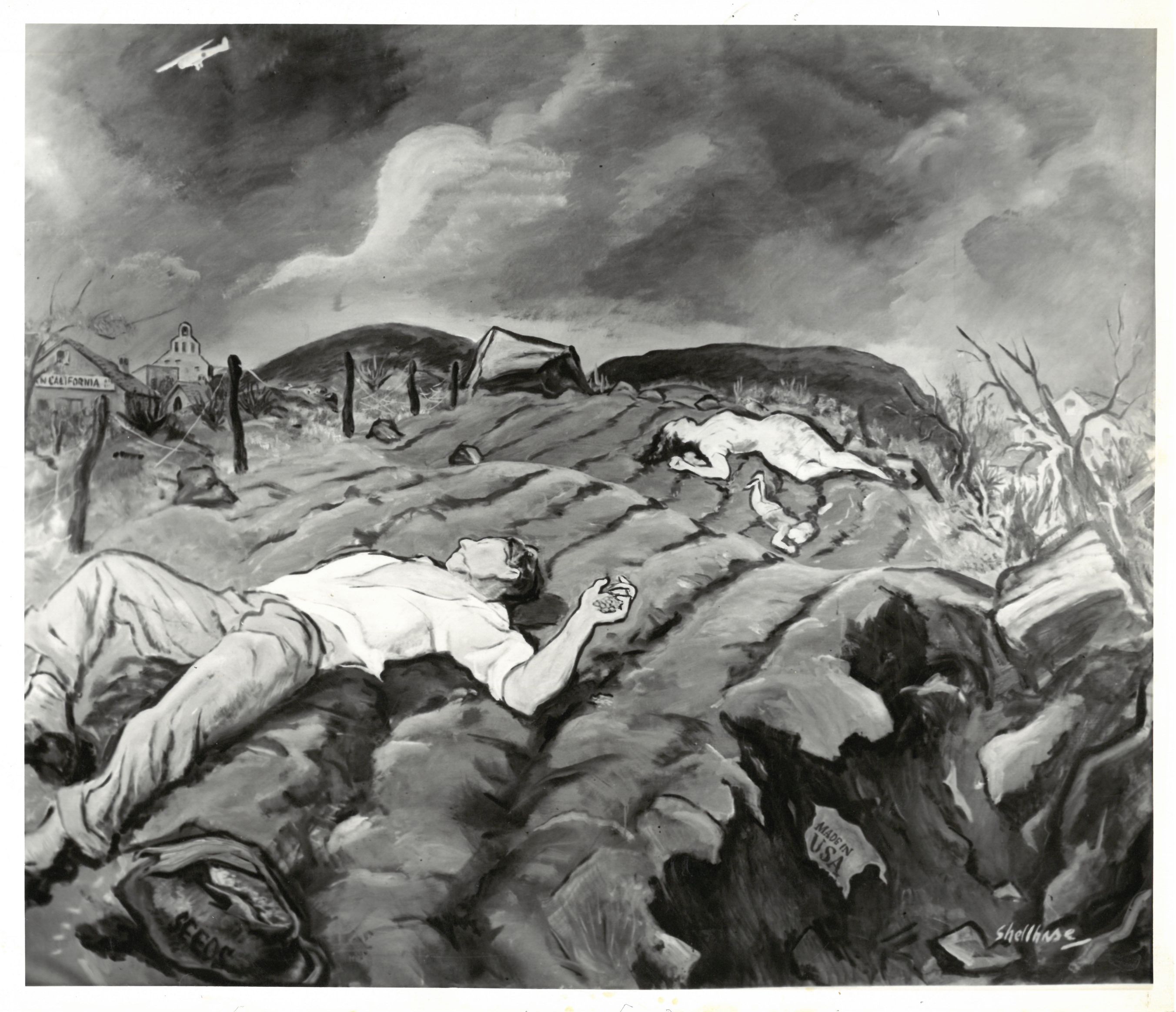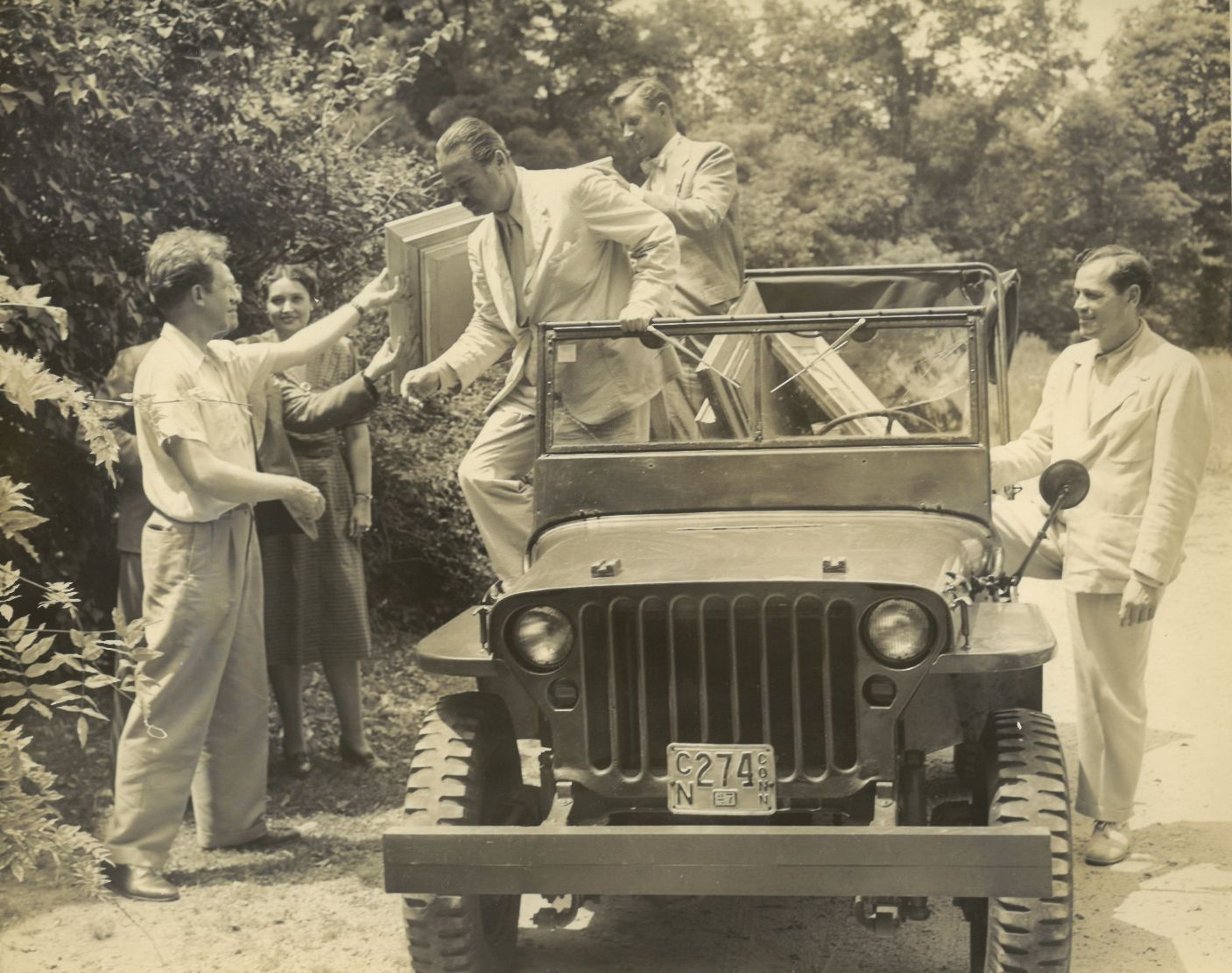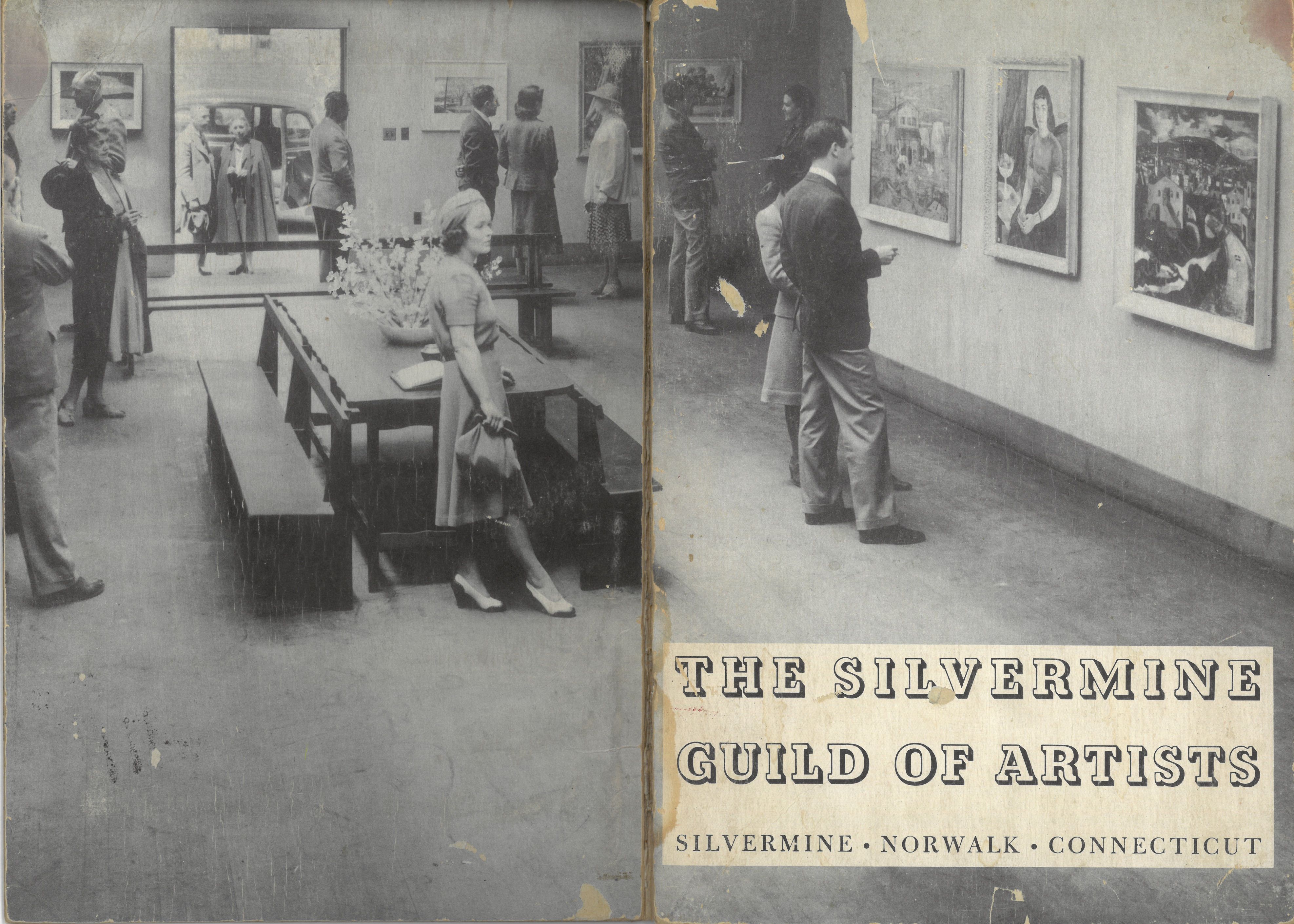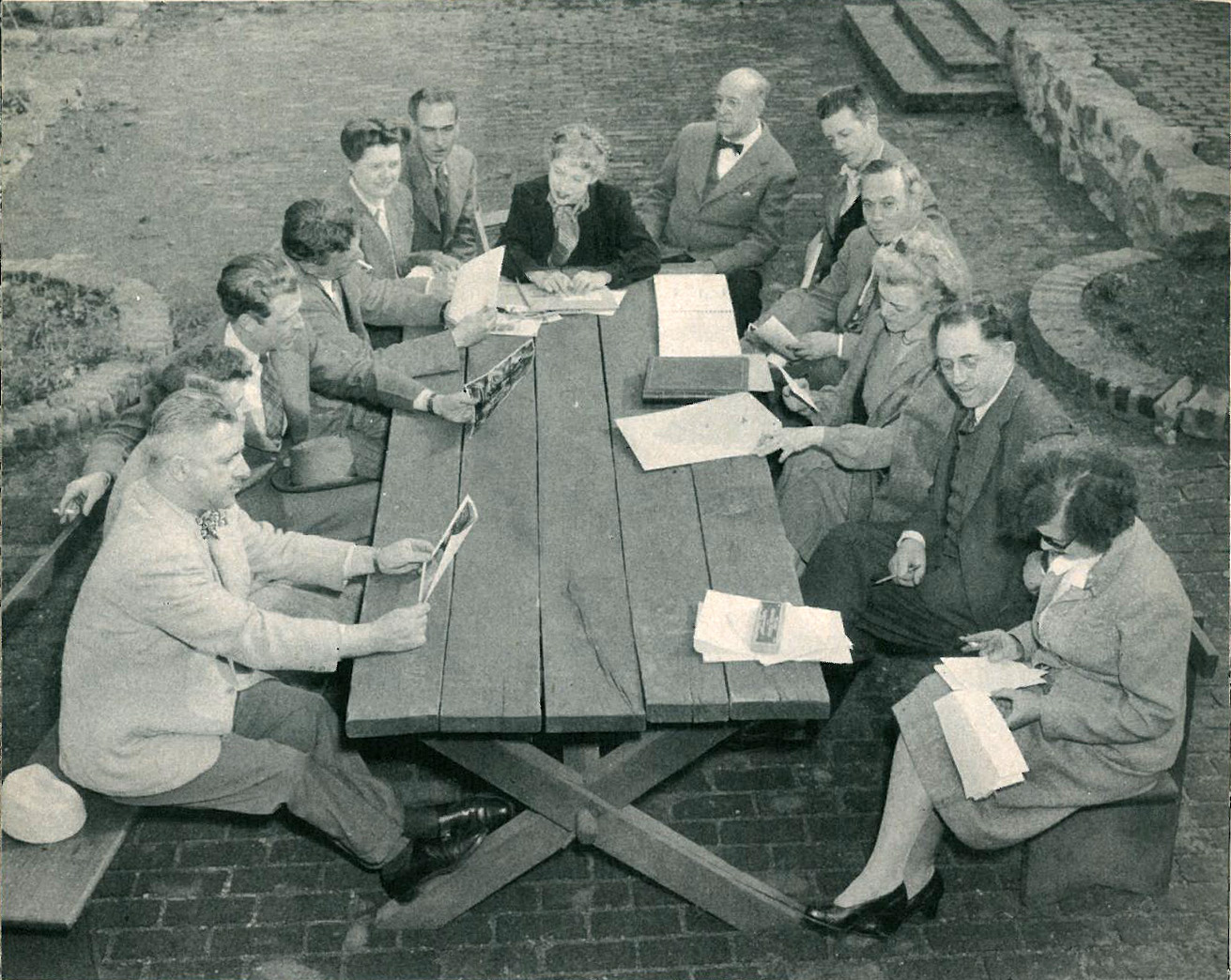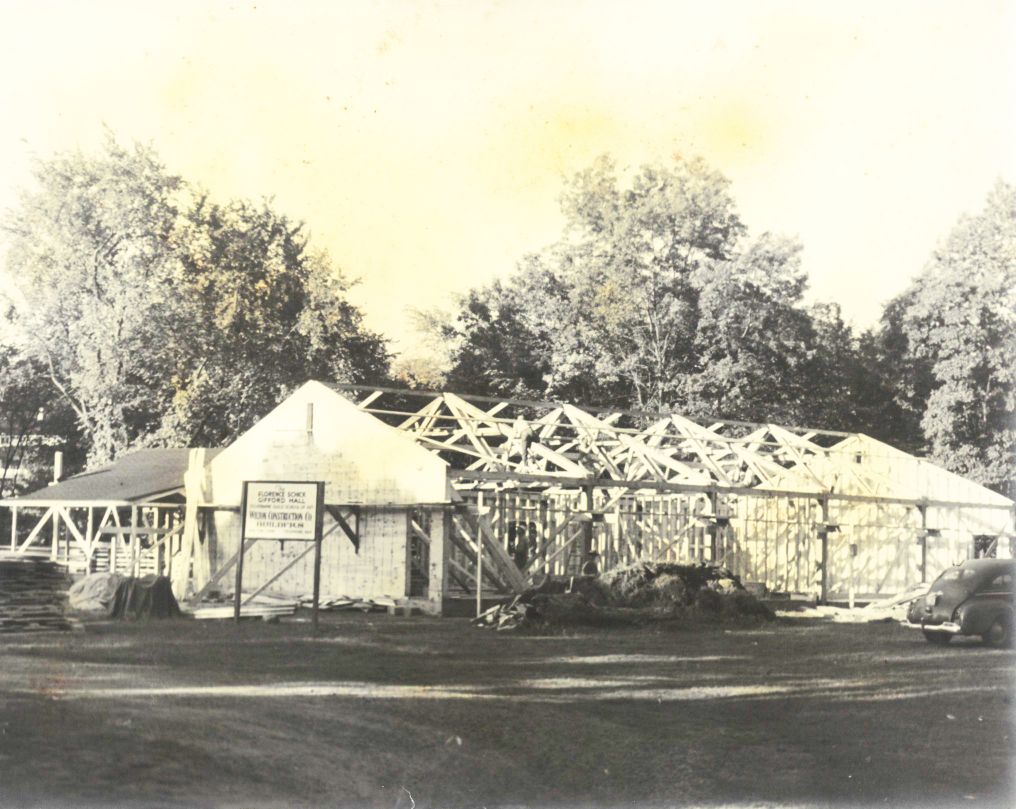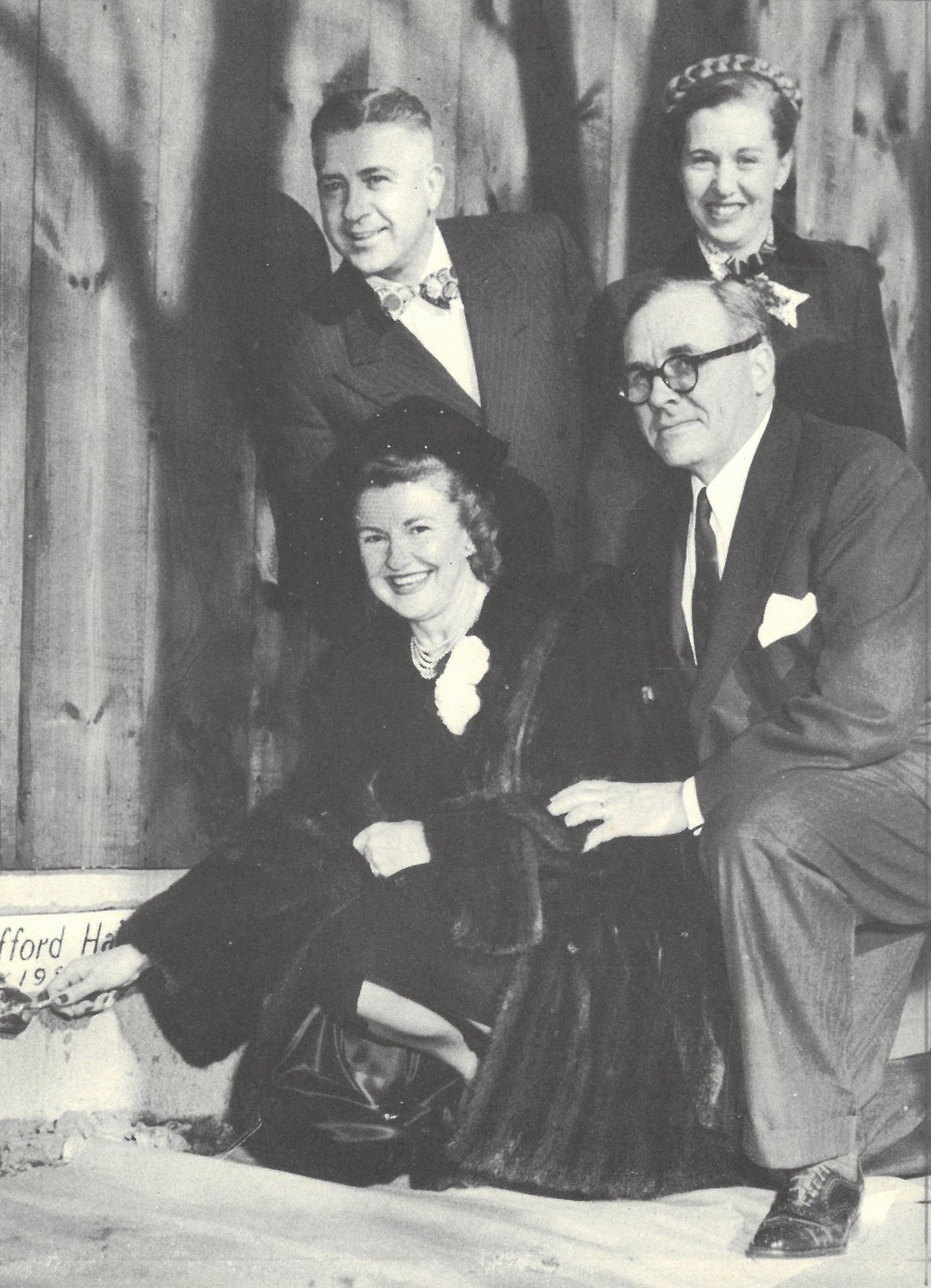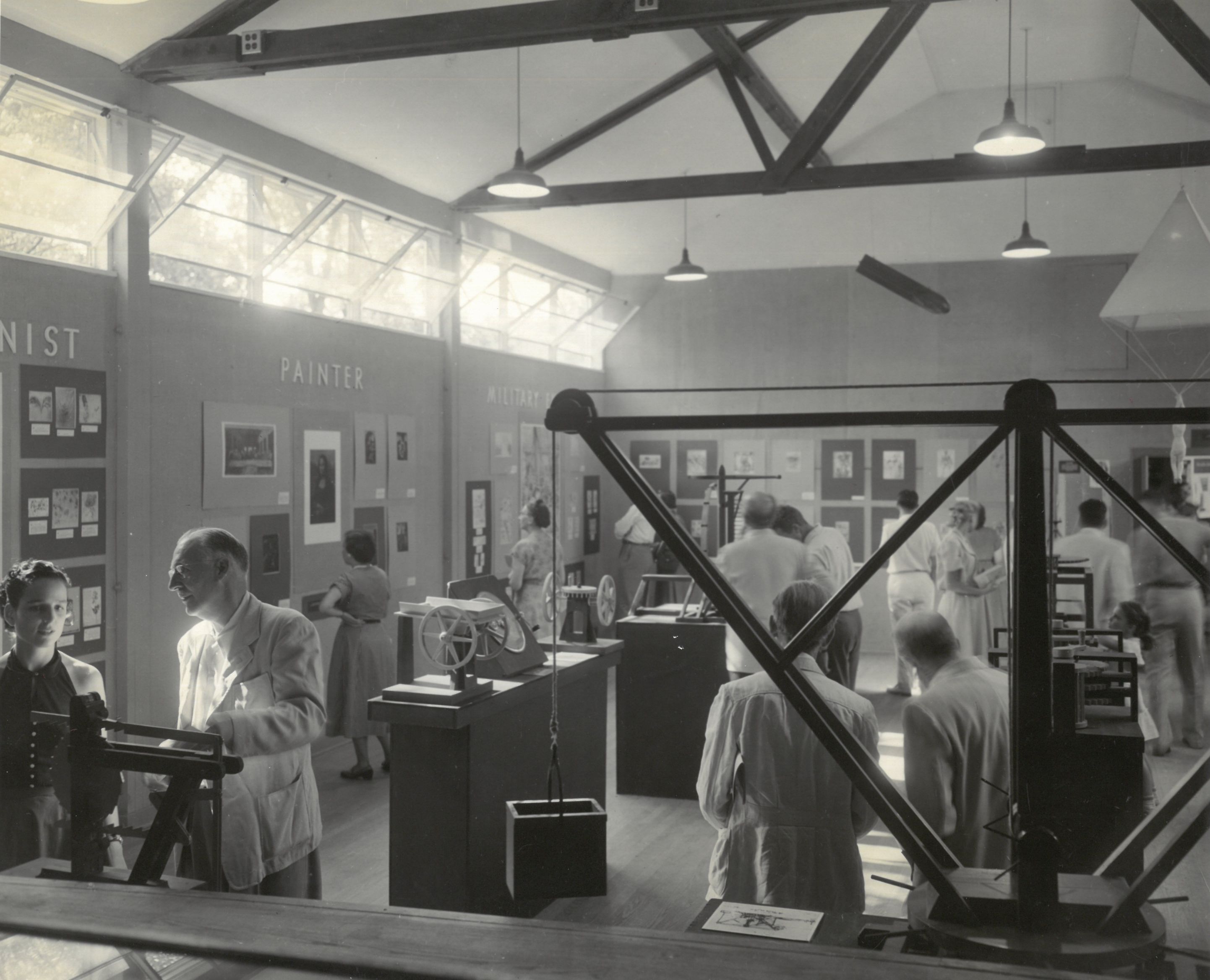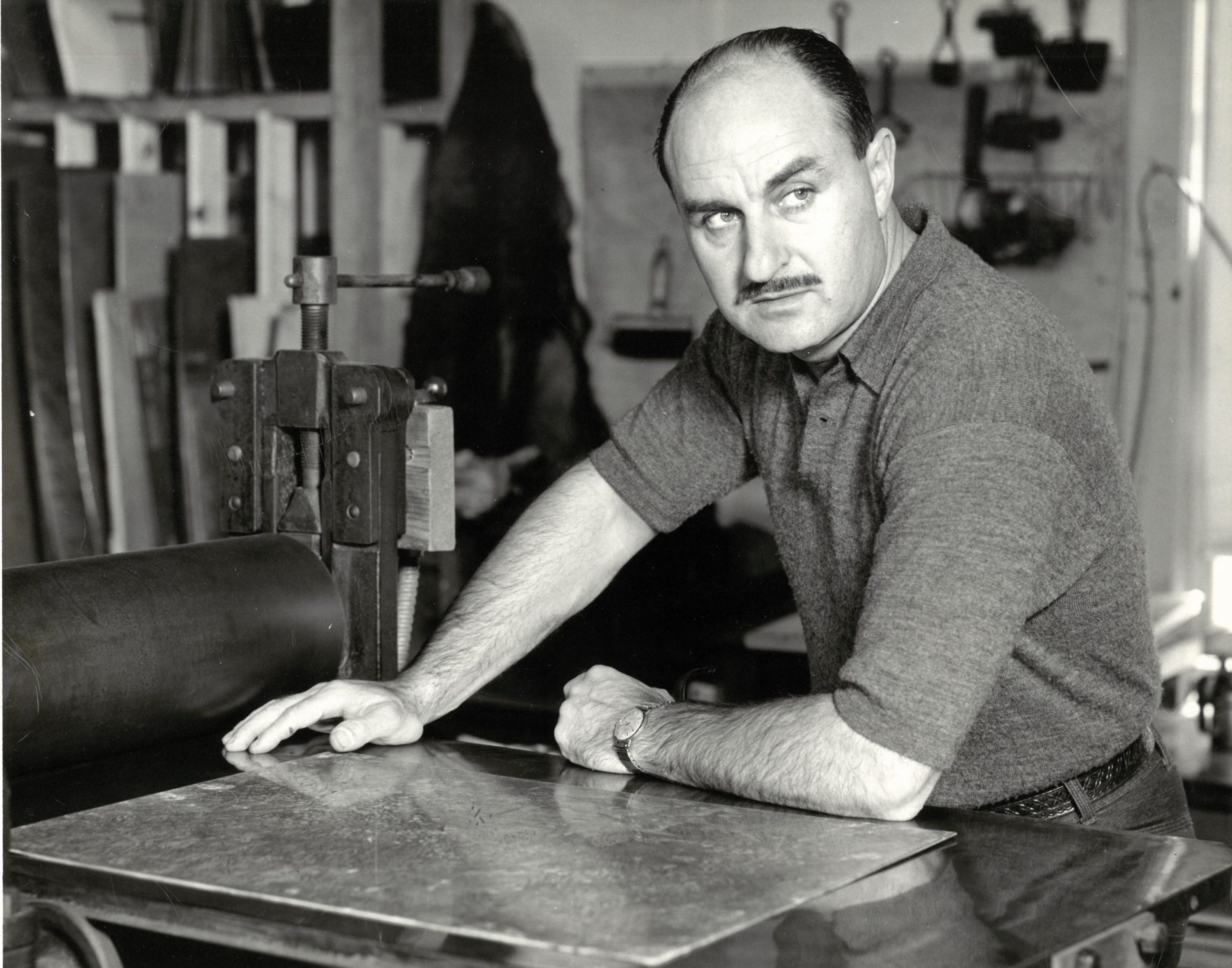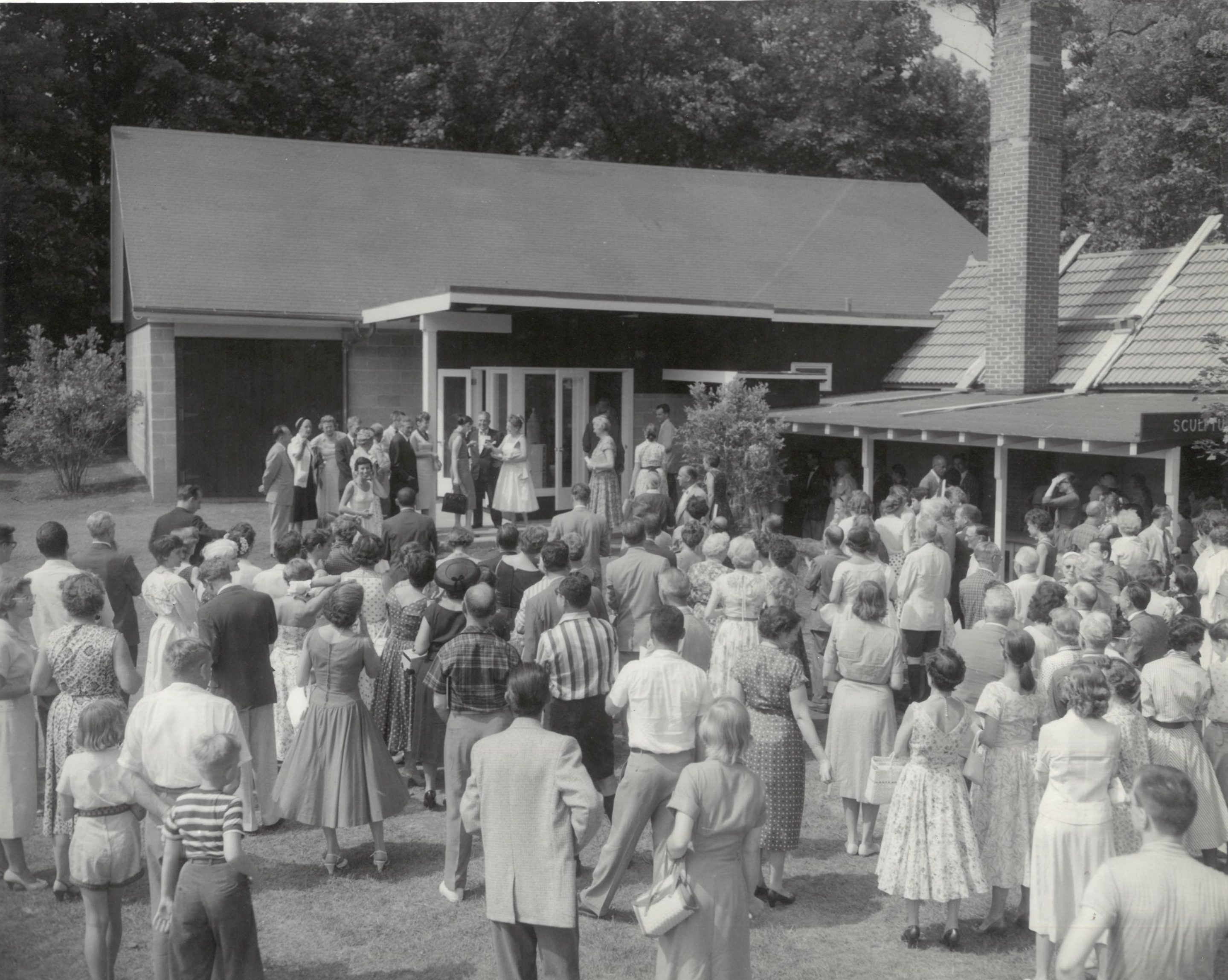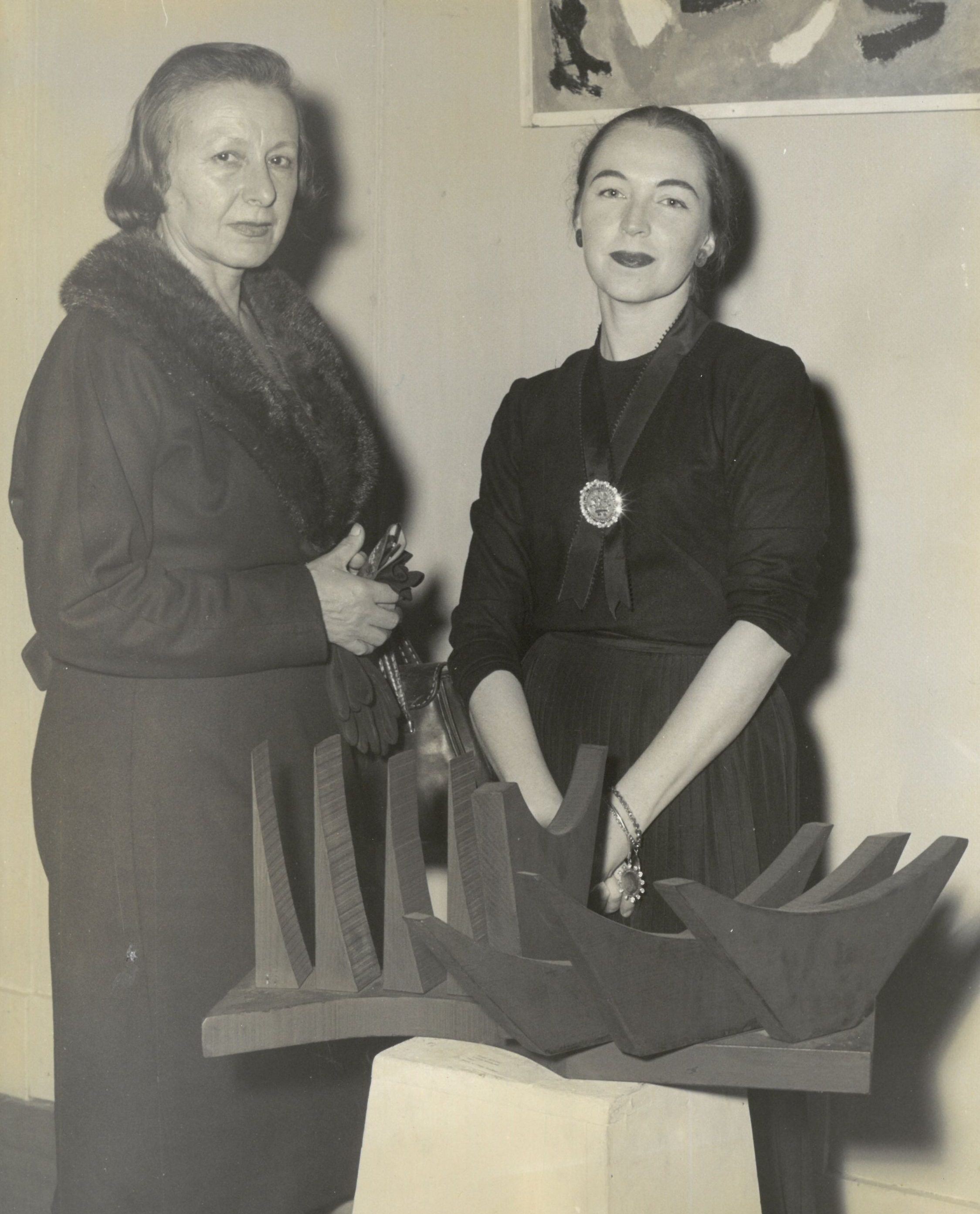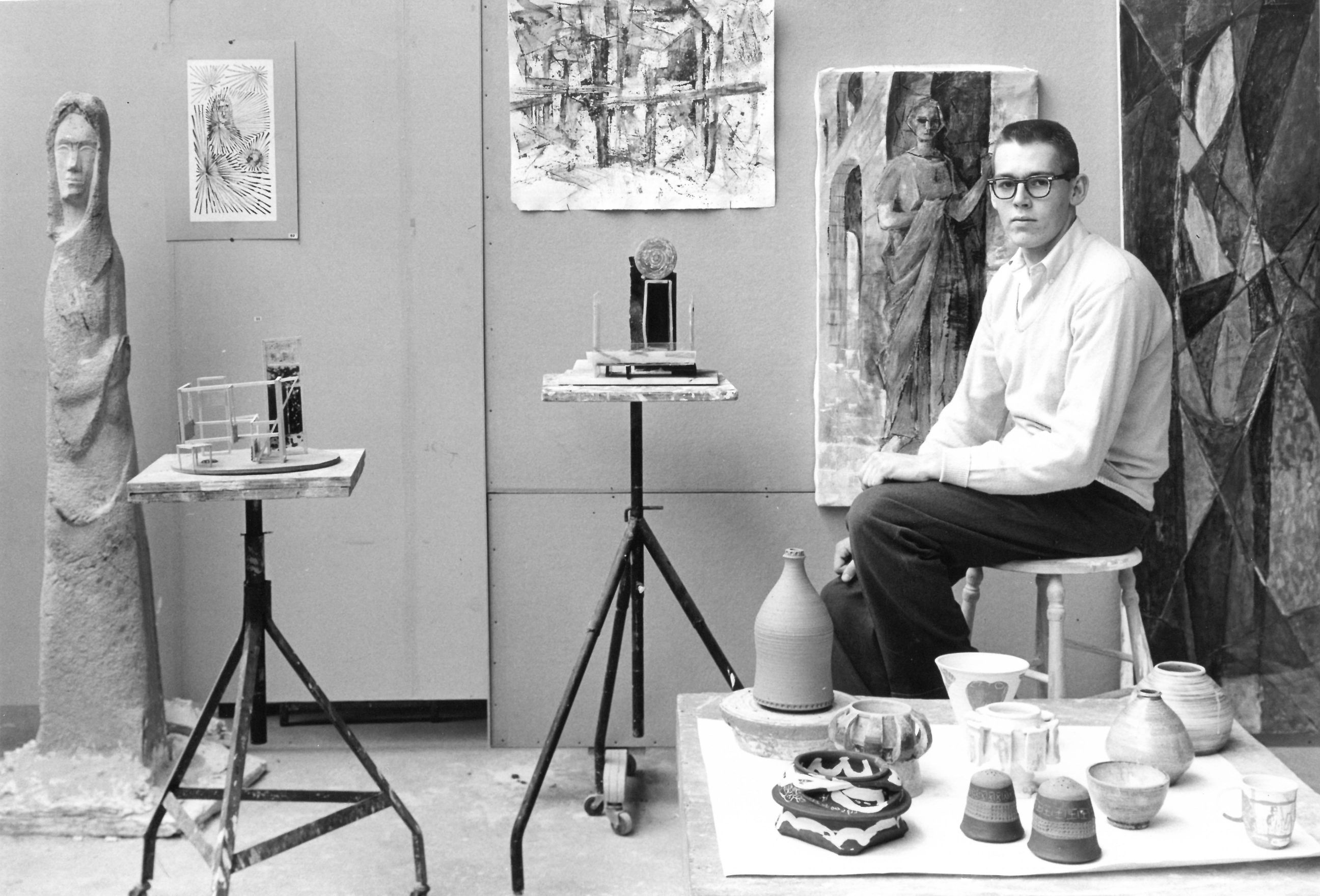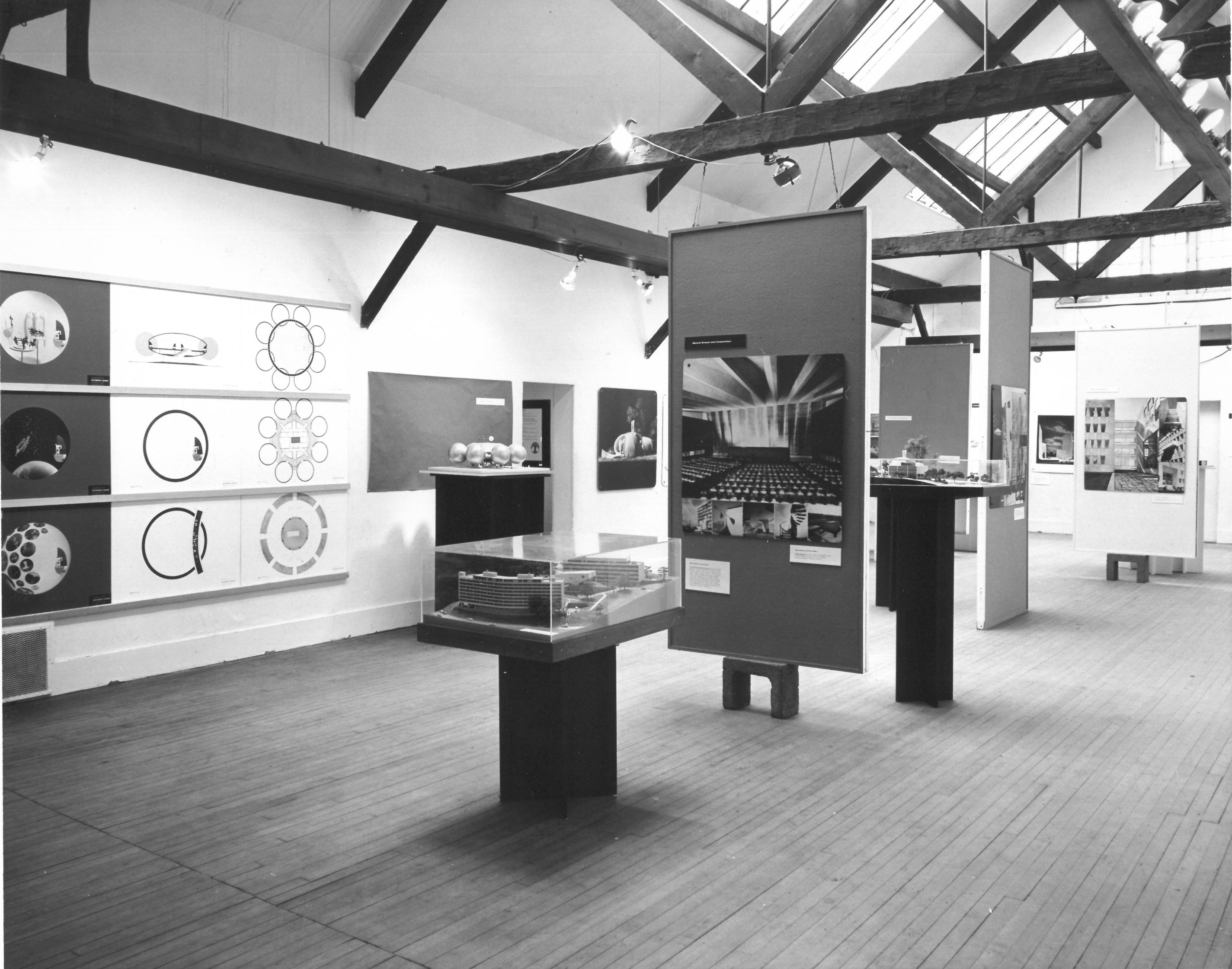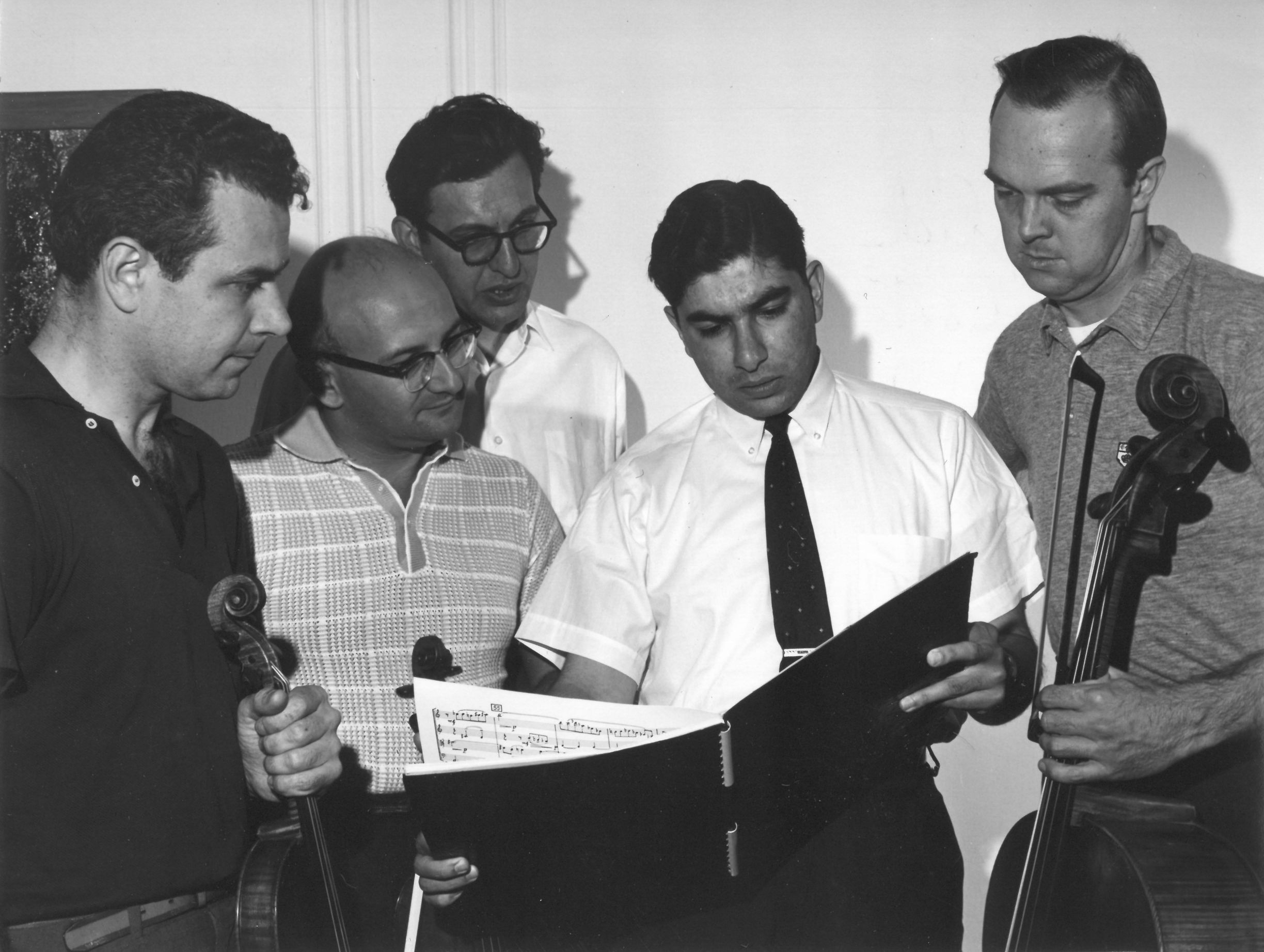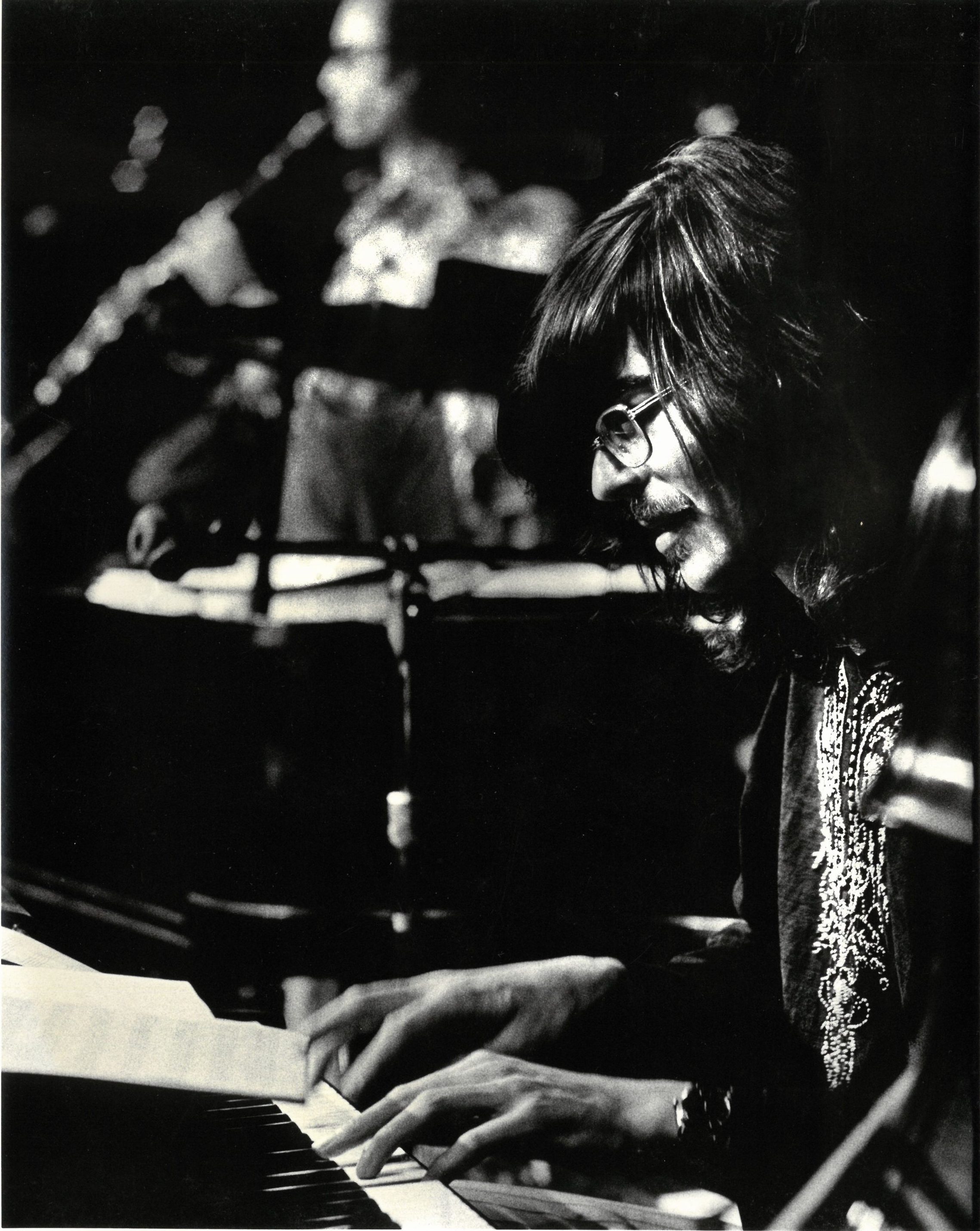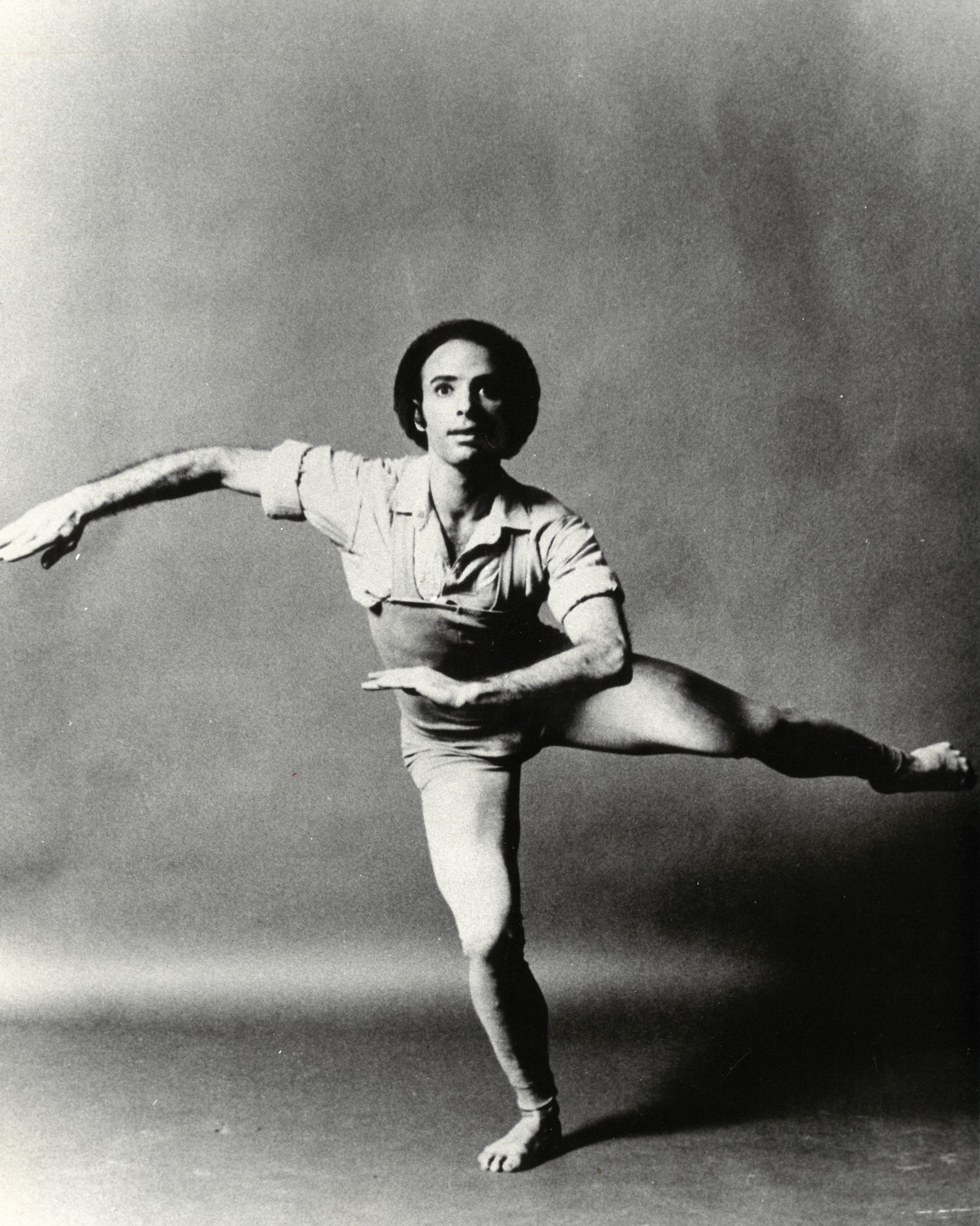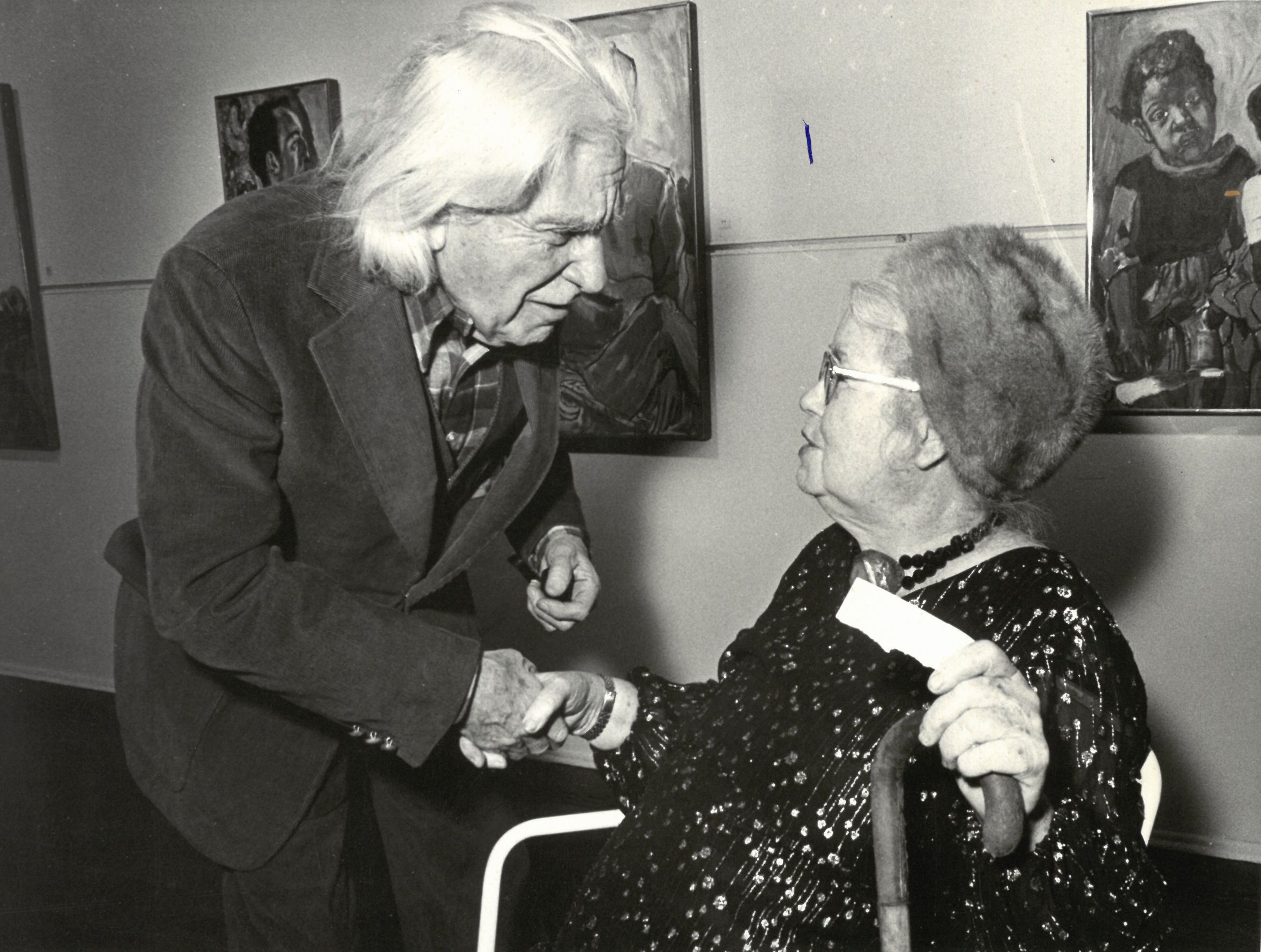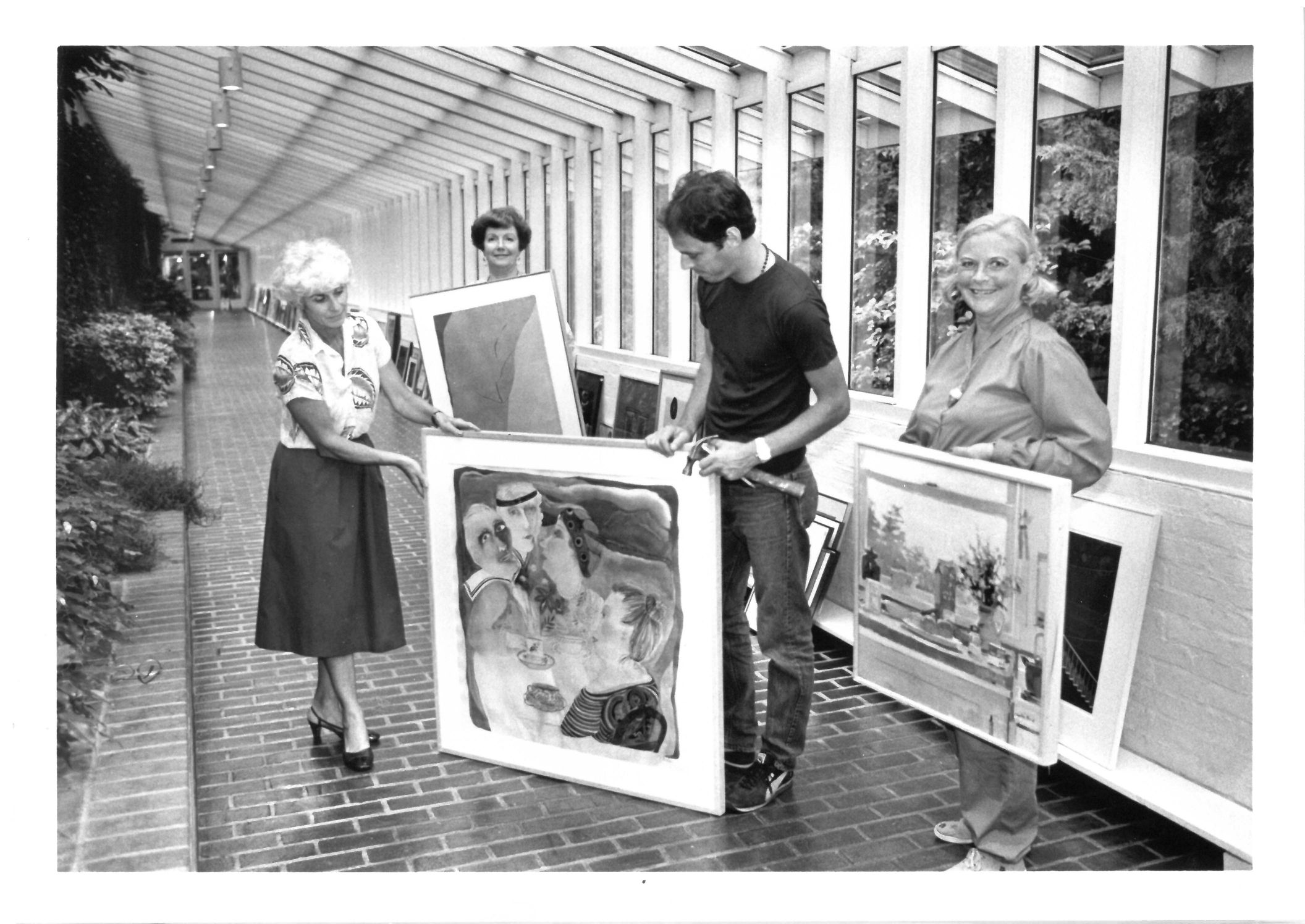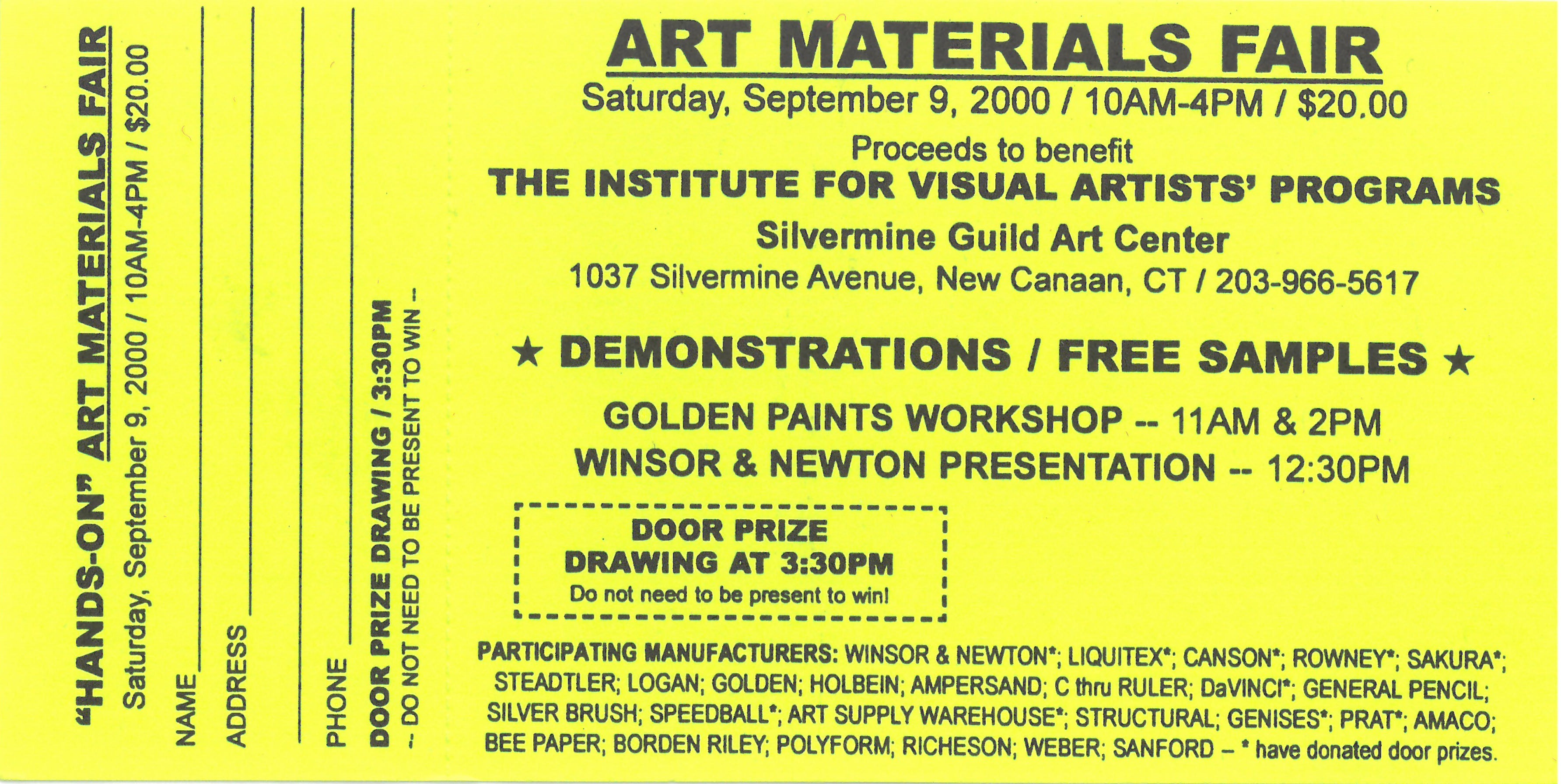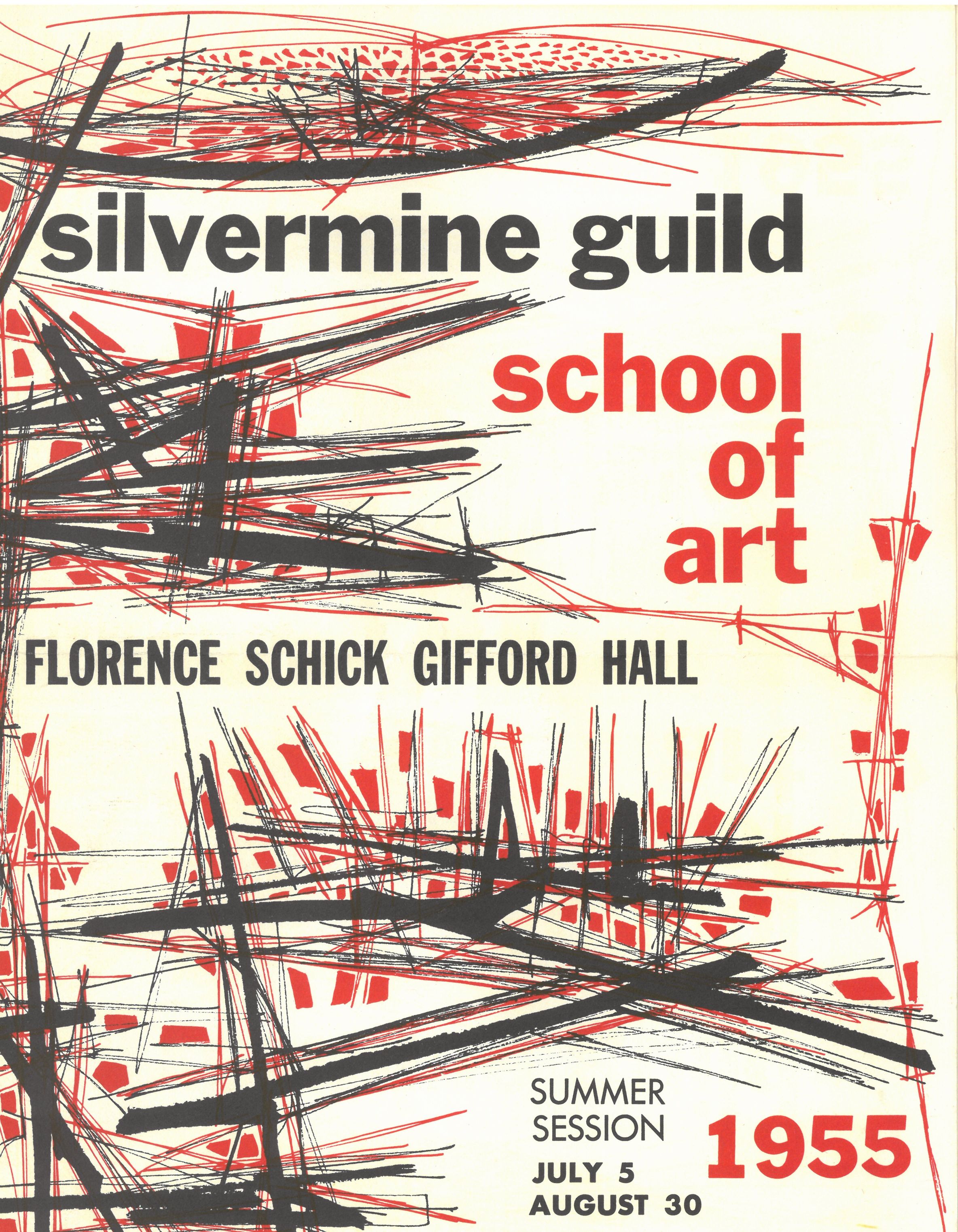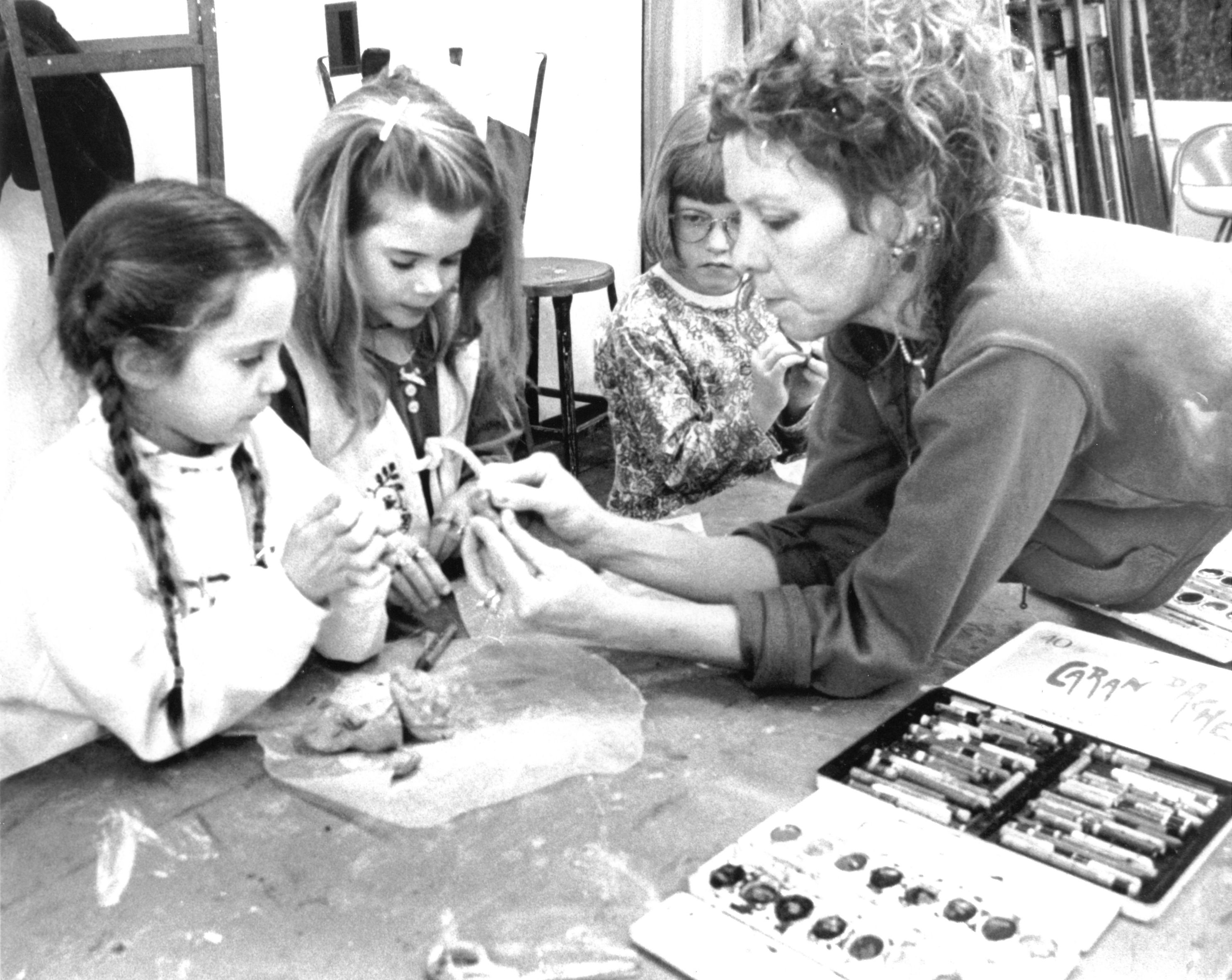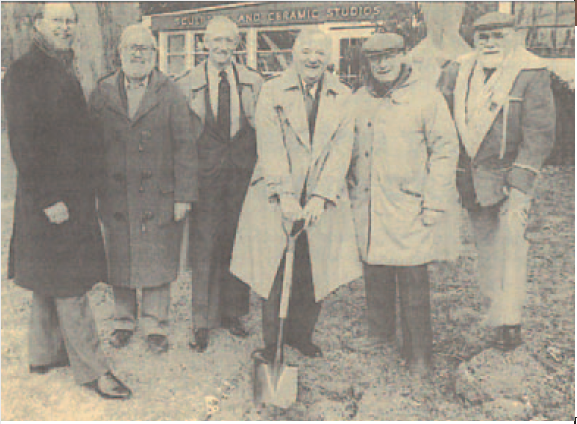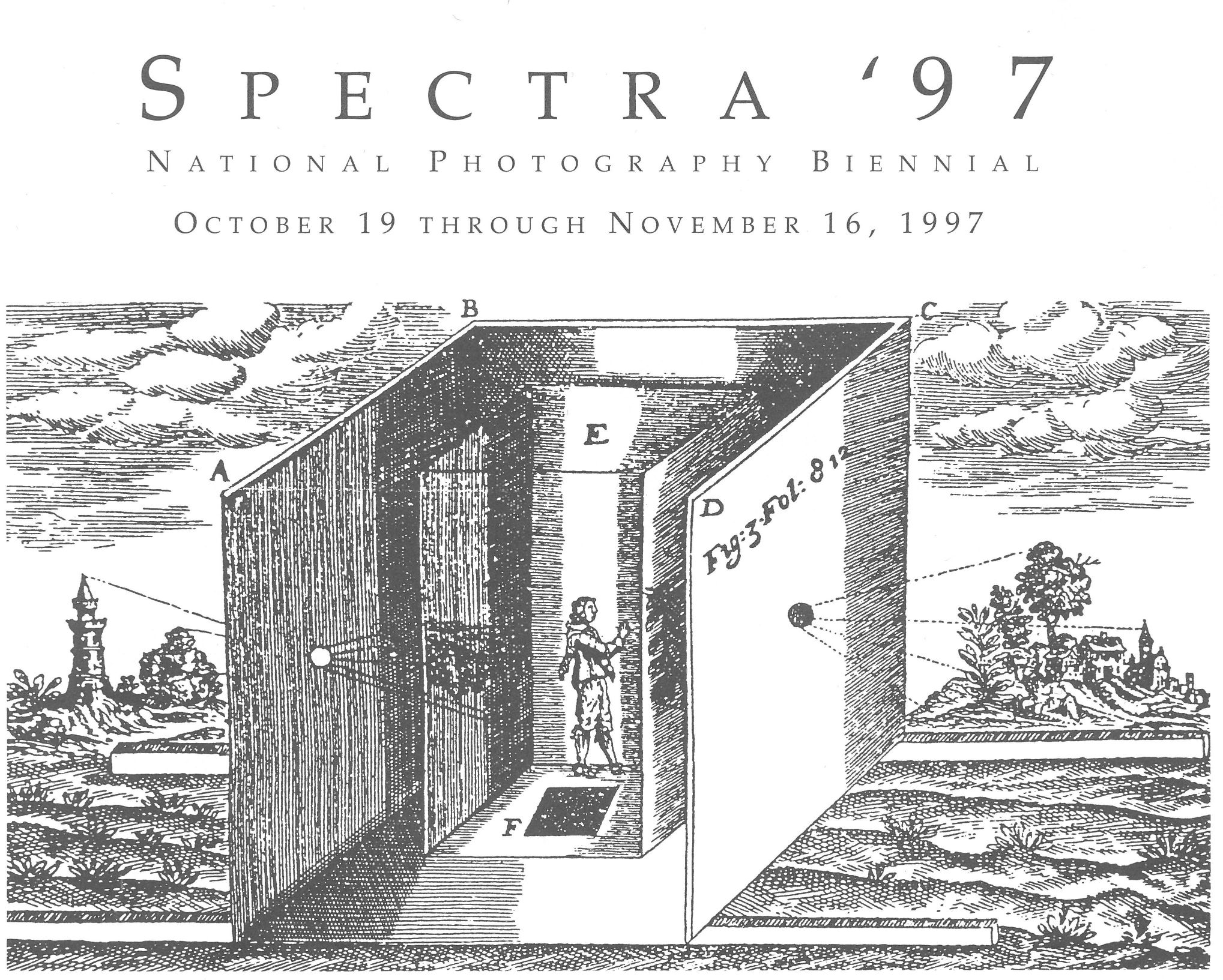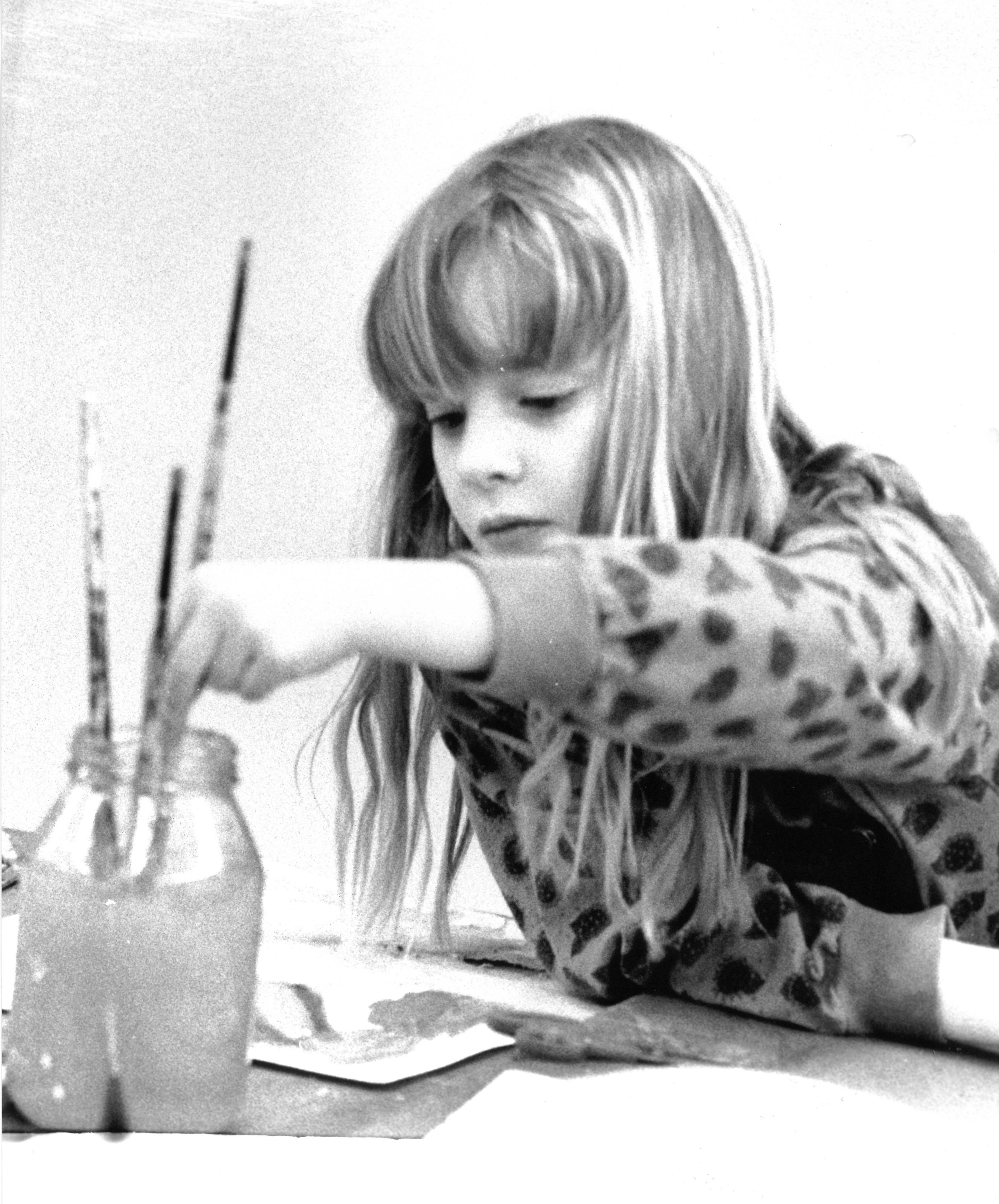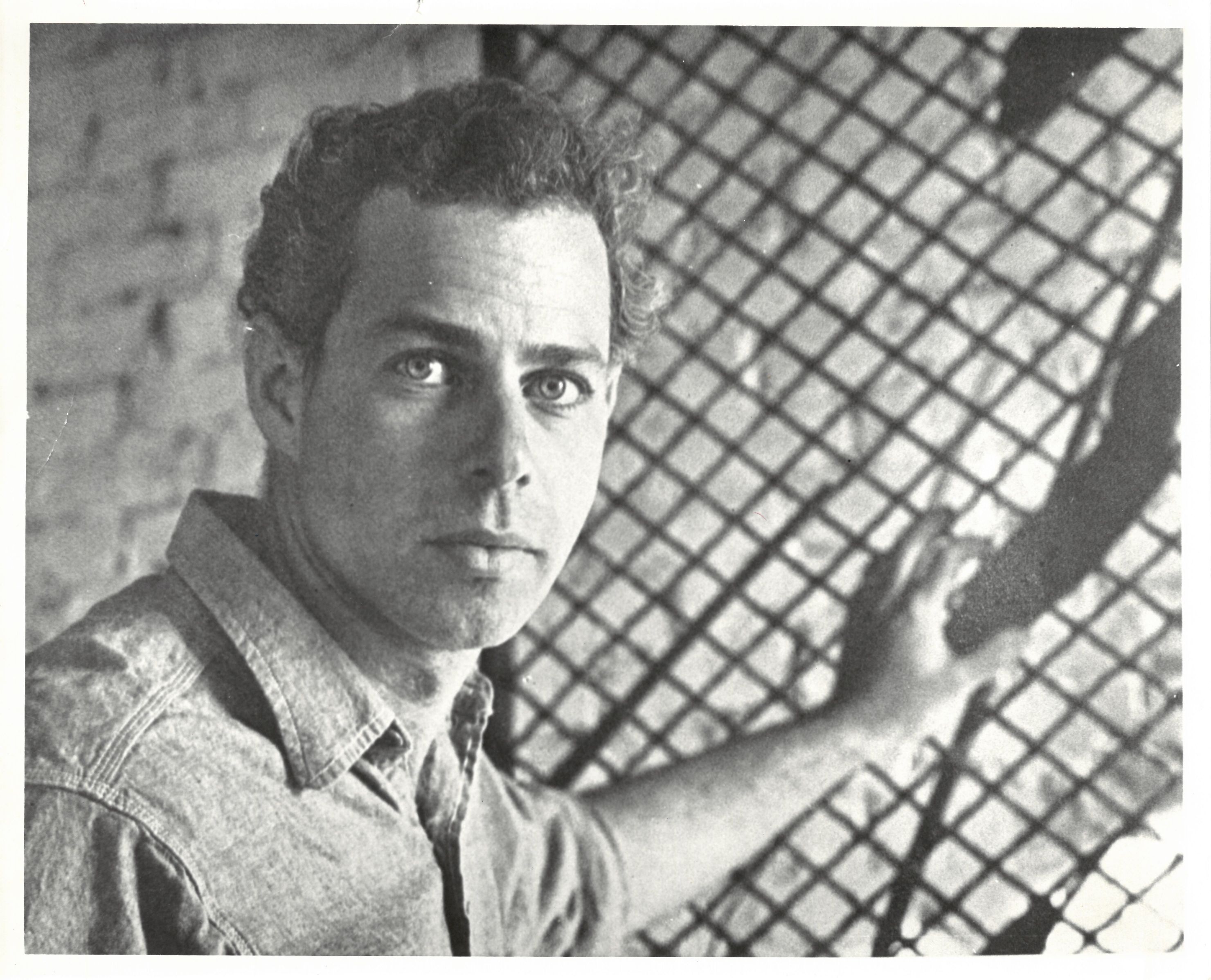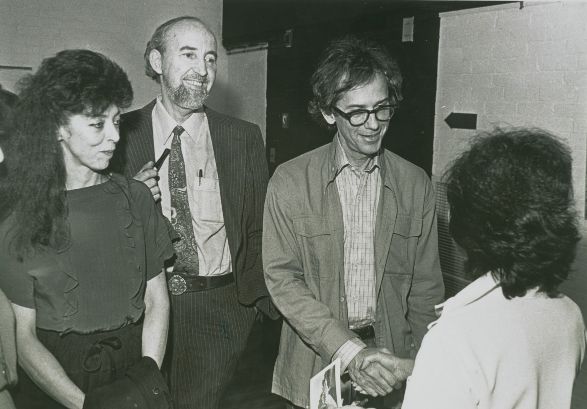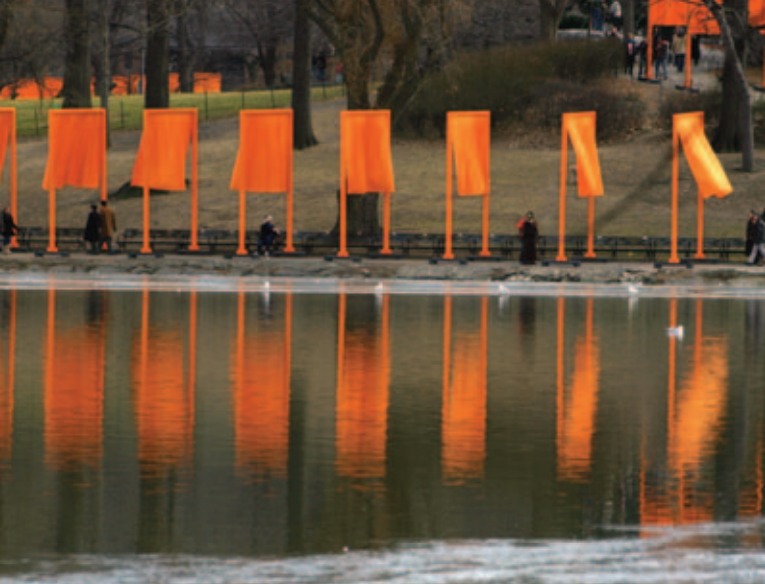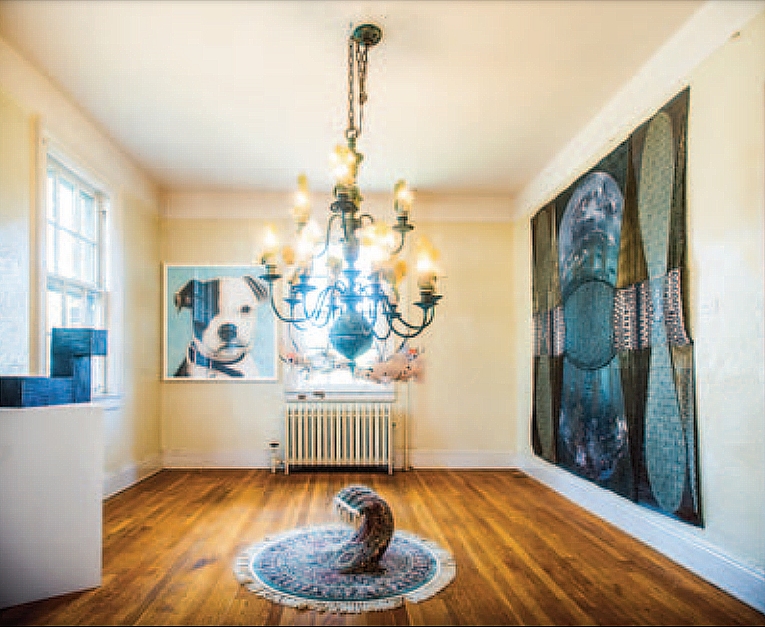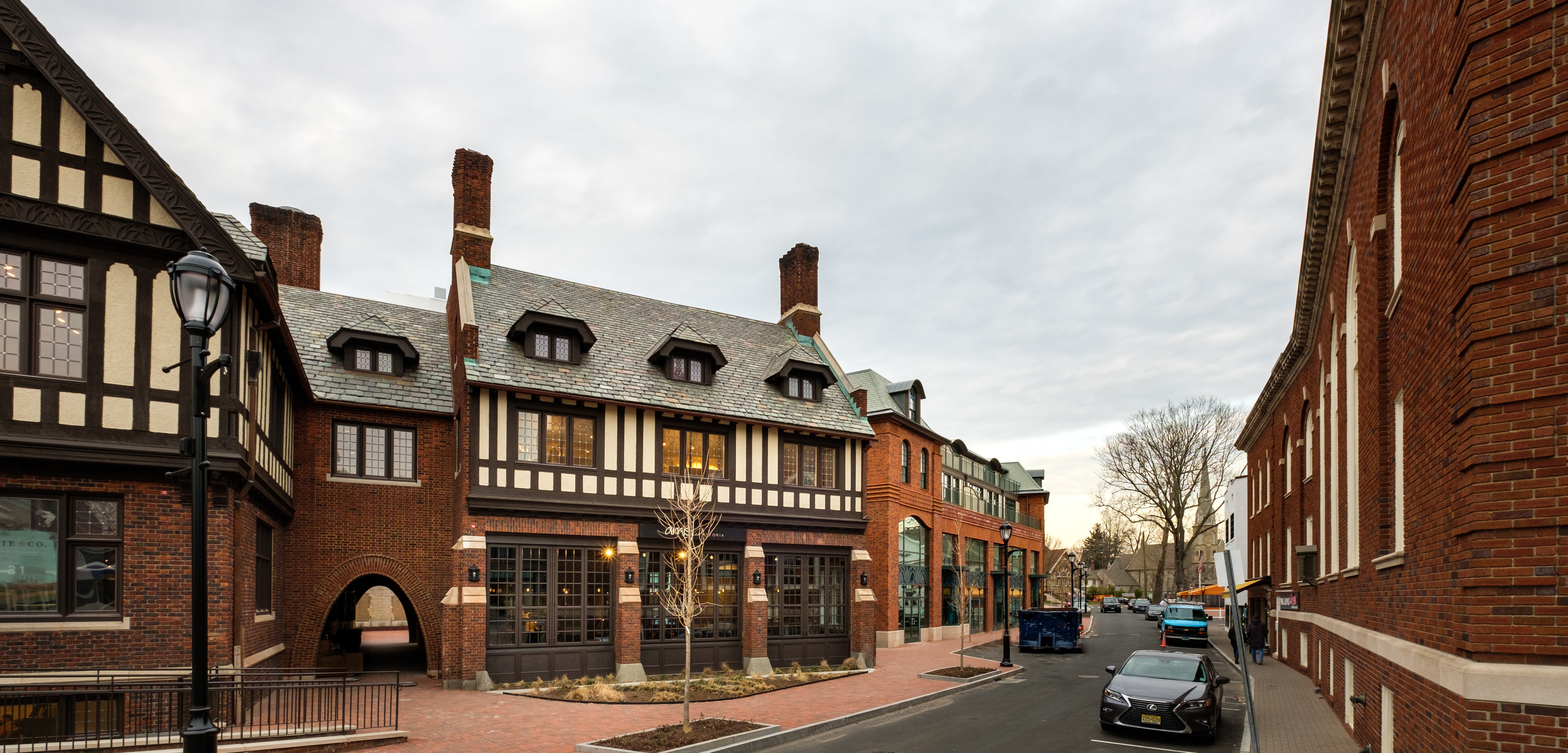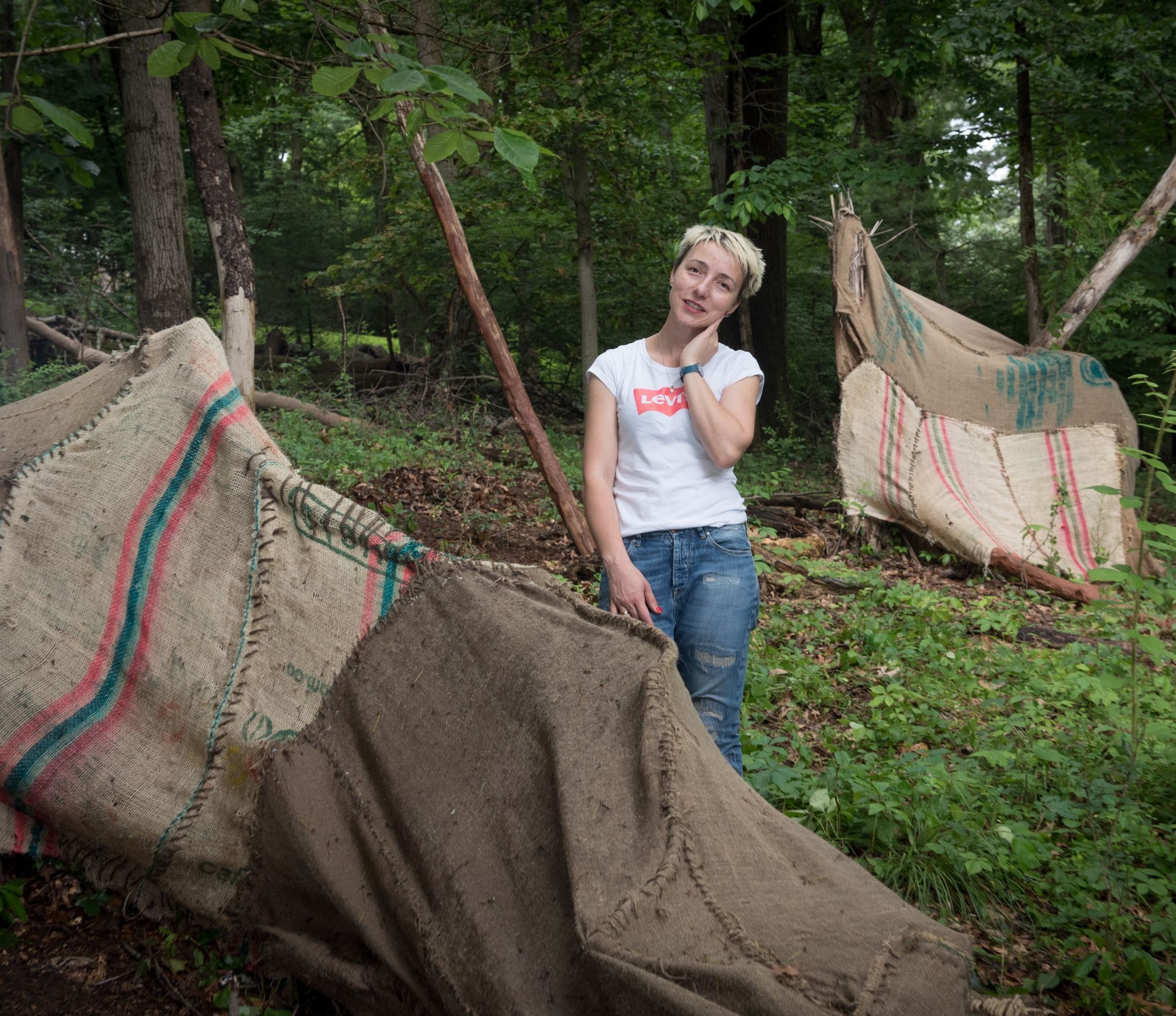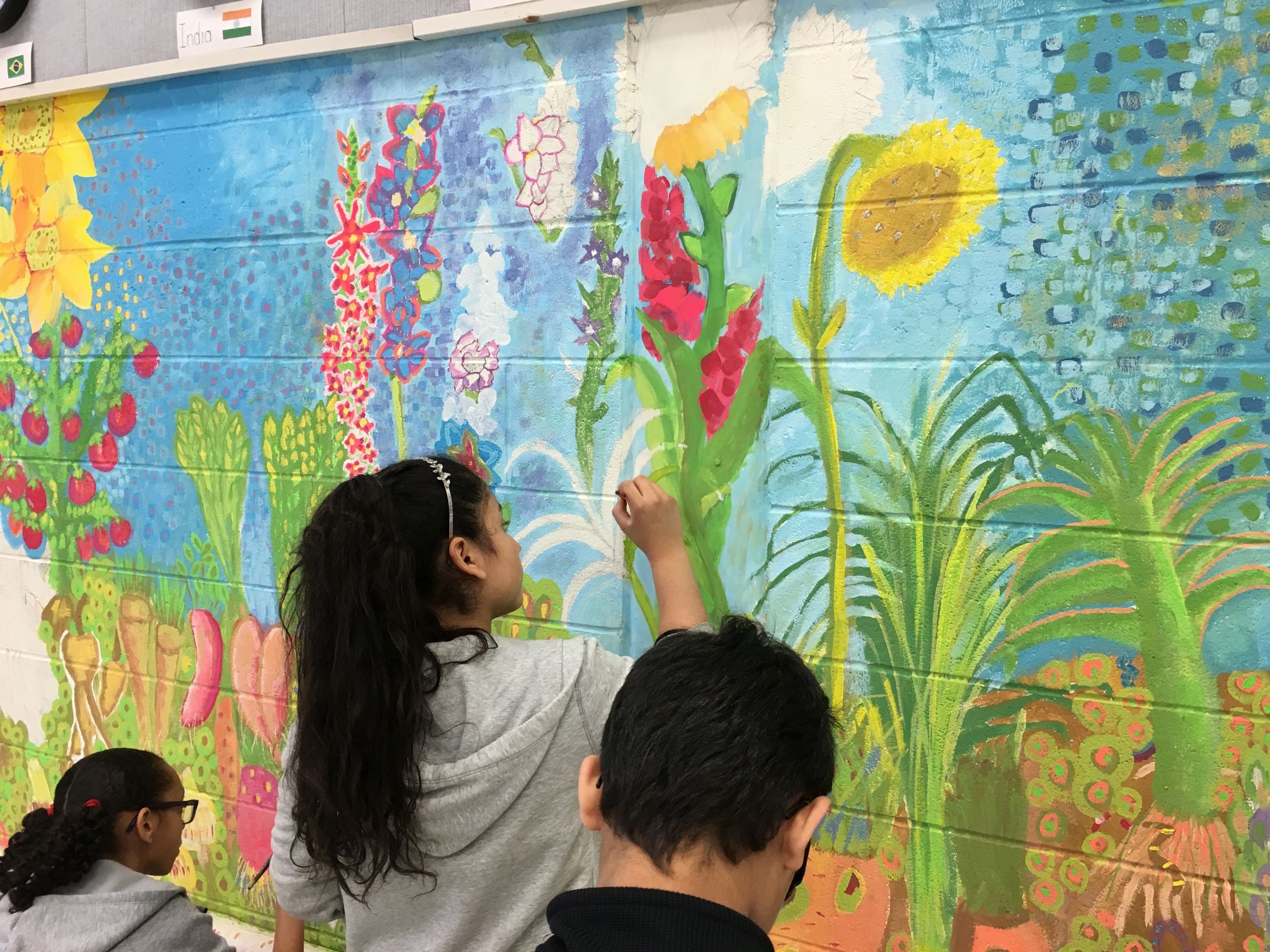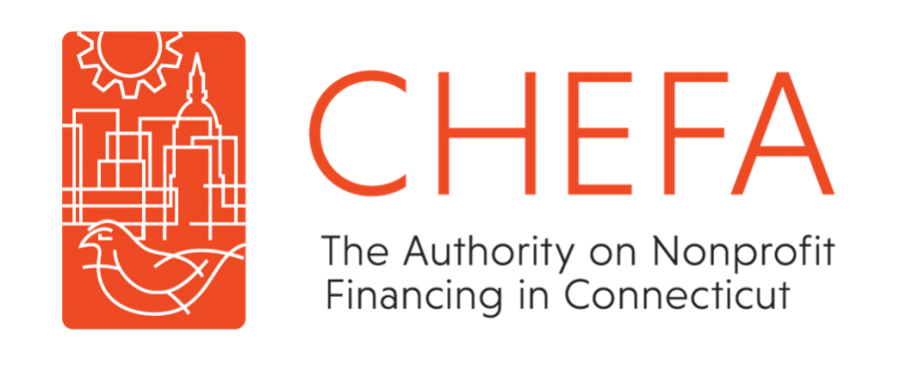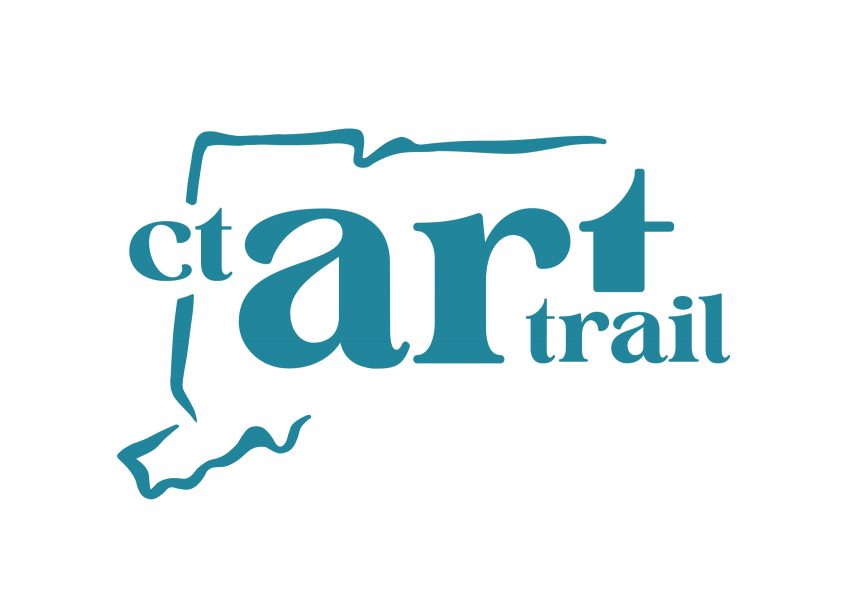1906
Sculptor Solom Borglum purchased a farm in Silvermine. In 1908, Borglum invited artists to join him at his barn to socialize, exhibit, and critique or “knock” one another’s work on Sundays. The gathering became known as the Knockers Club, and members began to share their work with the community. The exhibition became a yearly event in the late summer andgrew in popularity.
1910
A pair of American icons, Raggedy Ann and Andy, were created by guild member Johnny Gruelle. And another Guild member, Clifton Meek, who drew cute little mice, inspired Walt Disney to create Mickey Mouse.1913-1922
The Silvermine Group of Artists was formed, purchasing a barn on Silvermine Road which served as an exhibition gallery and home to the annual exhibition—the biggest social event in Silvermine. In 1924, the Silvermine Guild of Artists was incorporated. The guild included not only painters, sculptors, and illustrators, but musical, literary, and dramatic artists as well.1924
The Barn, now called Hays Gallery, originally served as both classroom and exhibition space.From the beginning, education was an important part of Guild activity. The first painting class was taught in 1924 by Robert Schmidt. Sculpture and classes for children soon followed. For 35 cents, students could sketch from a live model and enjoy discussionand refreshments.
1925-1939
The Silvermine Sillies were established. While the visual arts were paramount in Silvermine, music, theater, film, and other arts were well represented as well. These hilarious, bawdy musicals were presented outdoors on summer evenings. The Sillies were the primary fundraiser for the Guild through the mid 40’s.1935
During the depression, the Works Progress Administration (WPA), created the conditions for wide-spread socially minded art productions throughout the nation. Social commentary and cultural forums also flourished at Silvermine. Several Guild members completed major projects for the WPA.1936
John Vassos was the President of the guild for 10 terms, in 1936, 1940, 1941, 1949-1955 and raised significant funds for the center using his considerable influence with RCA, where he worked as a consultant designer for almost four decades. He was highly regarded as an artist, industrial designer, illustrator, inventor, interior designer, architect and social commentator. John was a pioneer in the field of Industrial Design along with Norman Bel Geddes, Raymond Lowey and Eliot Noyes among others.1938
This proved to be a watershed year for the Guild in terms of artistic creativity and crossover collaboration. In that year, the Silvermine Music Festival melded the visual arts with live classical music concerts performed by the New York Philharmonic, conducted by Eugene Ormandy, José Iturbi, and Quinto Maganini. The event attracted over 30,000 attendees, and all of the proceeds went toward building a new annex to the barn, which allowed for new classes in drama, dance, music, and experimental film.1938
Every painter in the Guild was invited to paint a contemporary social statement – they could register any protest or make any comment on canvas, depicting the unusual world at the time. When the exhibition closed, it travelled the country where it was shown in various museums and exhibition halls.1938-1945
During WWII, most of the Guild’s facilities were turned over to the local Red Cross and Civilian Defense. Barn activities were limited to returning veterans. In 1943, the First Annual War Bond exhibition was established, which paid artists in war bonds. The show was so successful, it was held annually until the end of the war.1945
The original sketches for the Silvermine Map along with more work by Vassos can be viewed in the Smithsonian’s Archives of American Art.1949
The Guild established the first New England Exhibition in 1949, a Silvermine tradition to this day and one of the area’s oldest and most prestigious juried competitions. Originally open to artistsin the New England states, the expanded exhibition now includes artists nationally. Currently known as AoNE, the exhibition is in its 72nd year. AoNE has introduced emerging artists to critical exposure for decades with the help of many distinguished critics, dealers, artists, and museum professionals who have served as jurors over the years. Louise Nevelson, Elaine de Kooning and Richard Anuskiewicz are among the artists whose early recognition in the annual competition contributedto outstanding careers.

